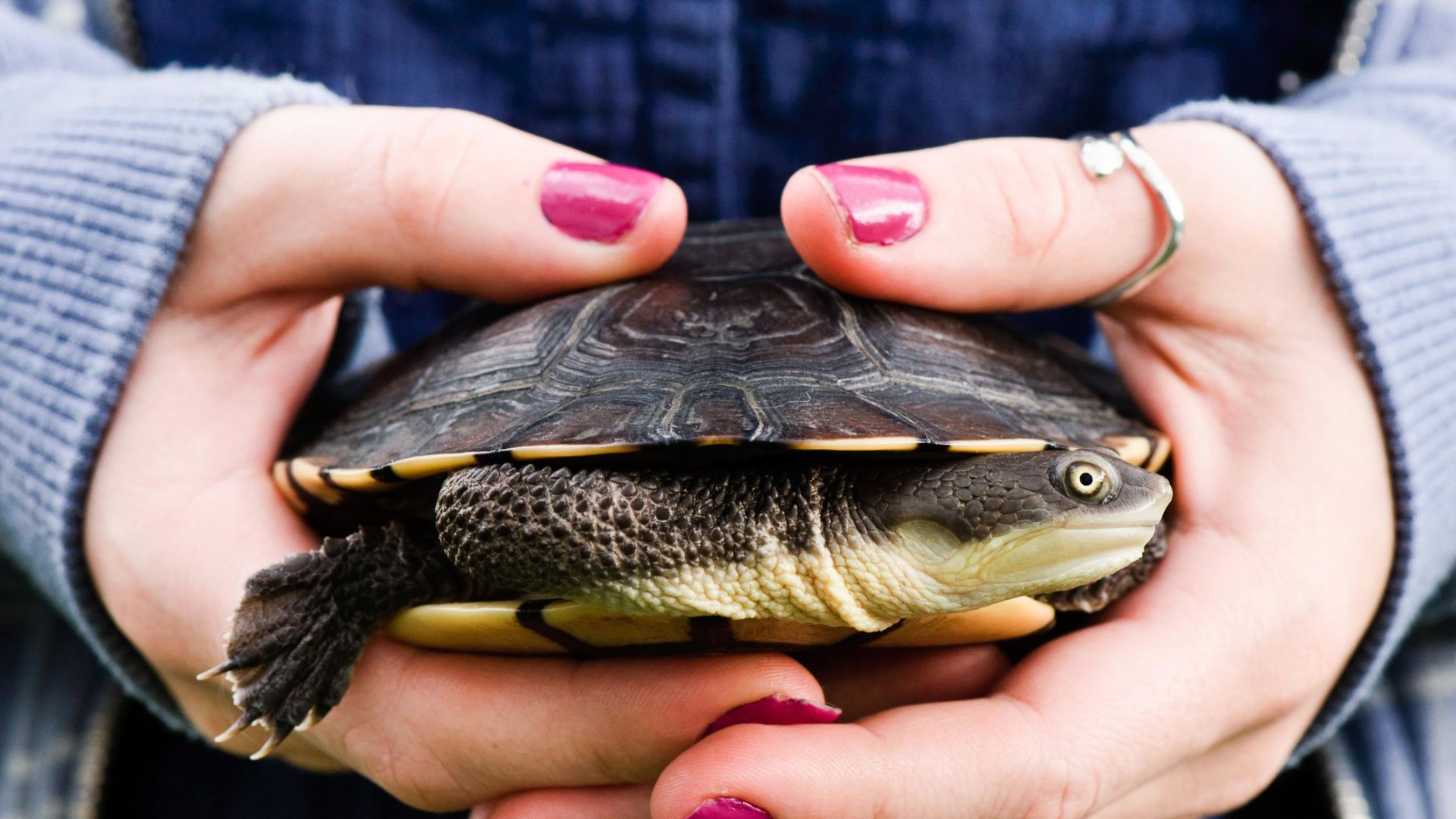
Turtles are wonderful pets and can be great fun to observe and interact with, but they have some very specific needs that's why we've rounded these tips for taking care of pet turtles.
One amazing turtle fact is that they do require specialist care, which can mean that they are not suitable pets for everyone, and you should do your research before taking one on. Some types can live for more than half a century, meaning they are a lifetime commitment to take on.
Here are 32 tips for caring for pet turtles that you should consider before you bring one home.
32 tips for taking care of pet turtles
1. Choose the right breed
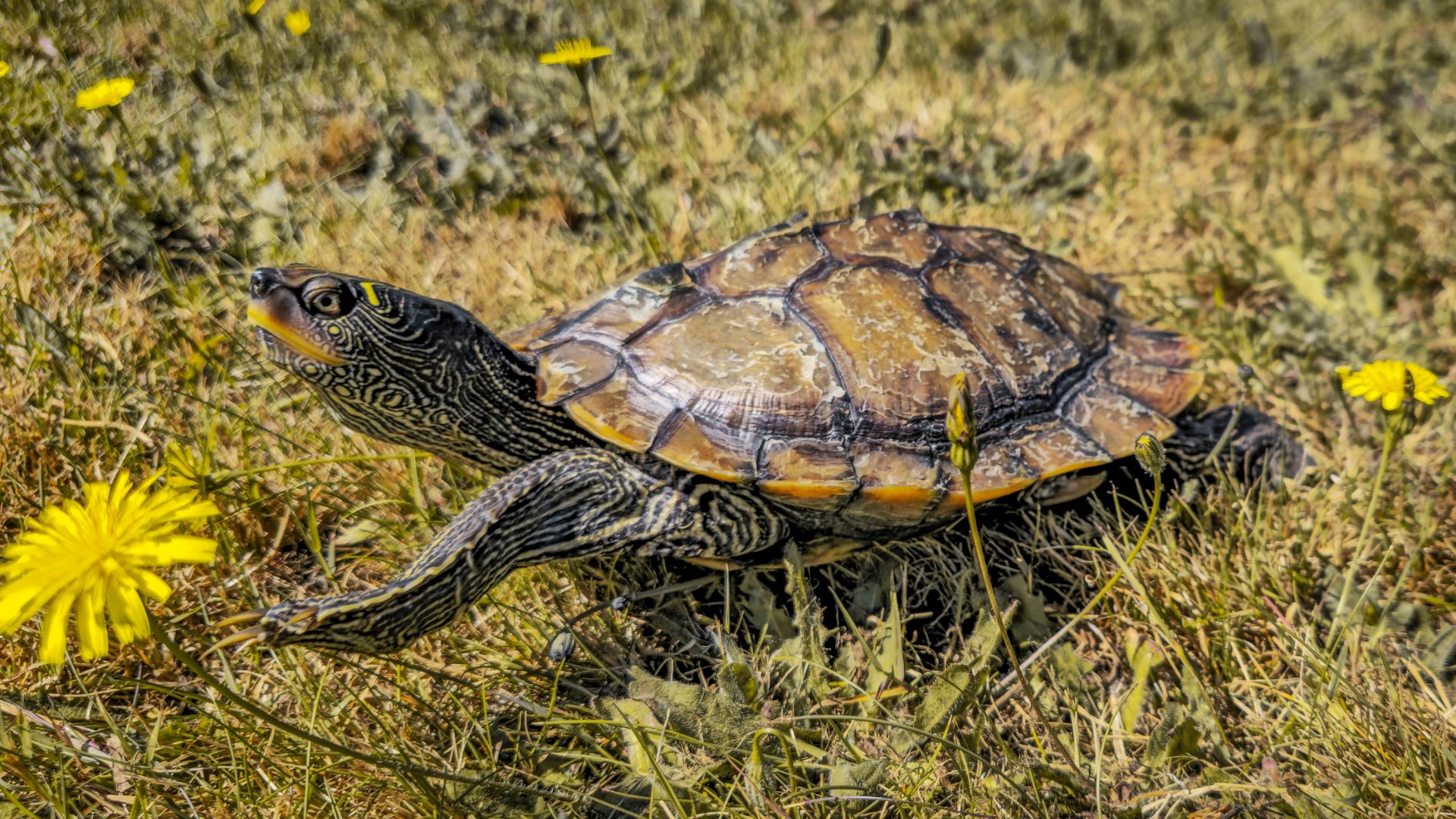
There are multiple breeds of domesticated turtle that you can buy, but you need to make sure you are choosing the right breed for your particular setup. Consider the size and age your chosen breed might reach.
2. Choose the correct tank size
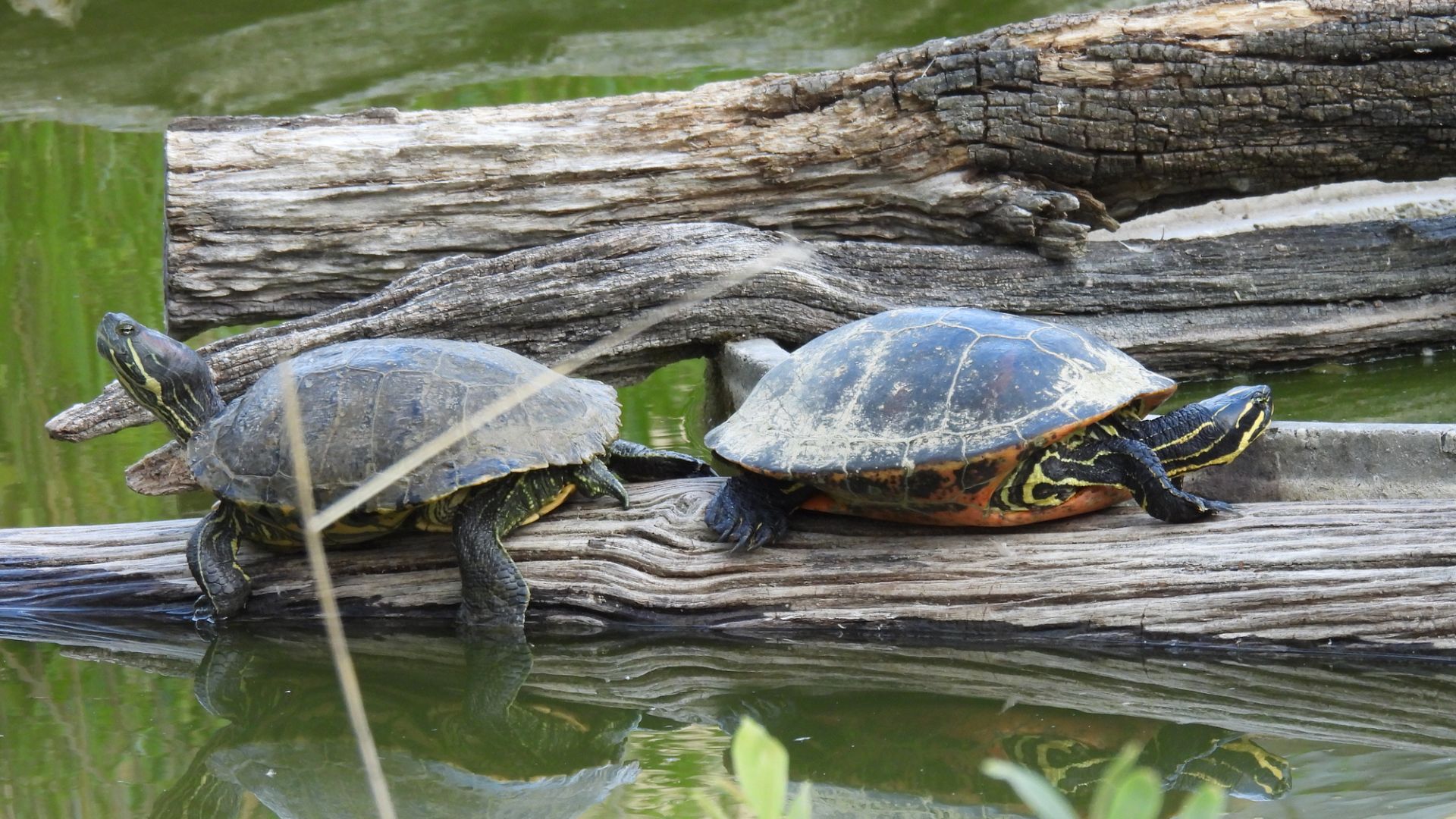
When taking care of a turtle you need to ensure that their tank is the appropriate size. For every inch of the length of their shell they will need 10 gallons of water. To make sure they have the best fish tank, measure your turtle as they grow to ensure their tank remains a good size for them.
3. Maintain tank temperature
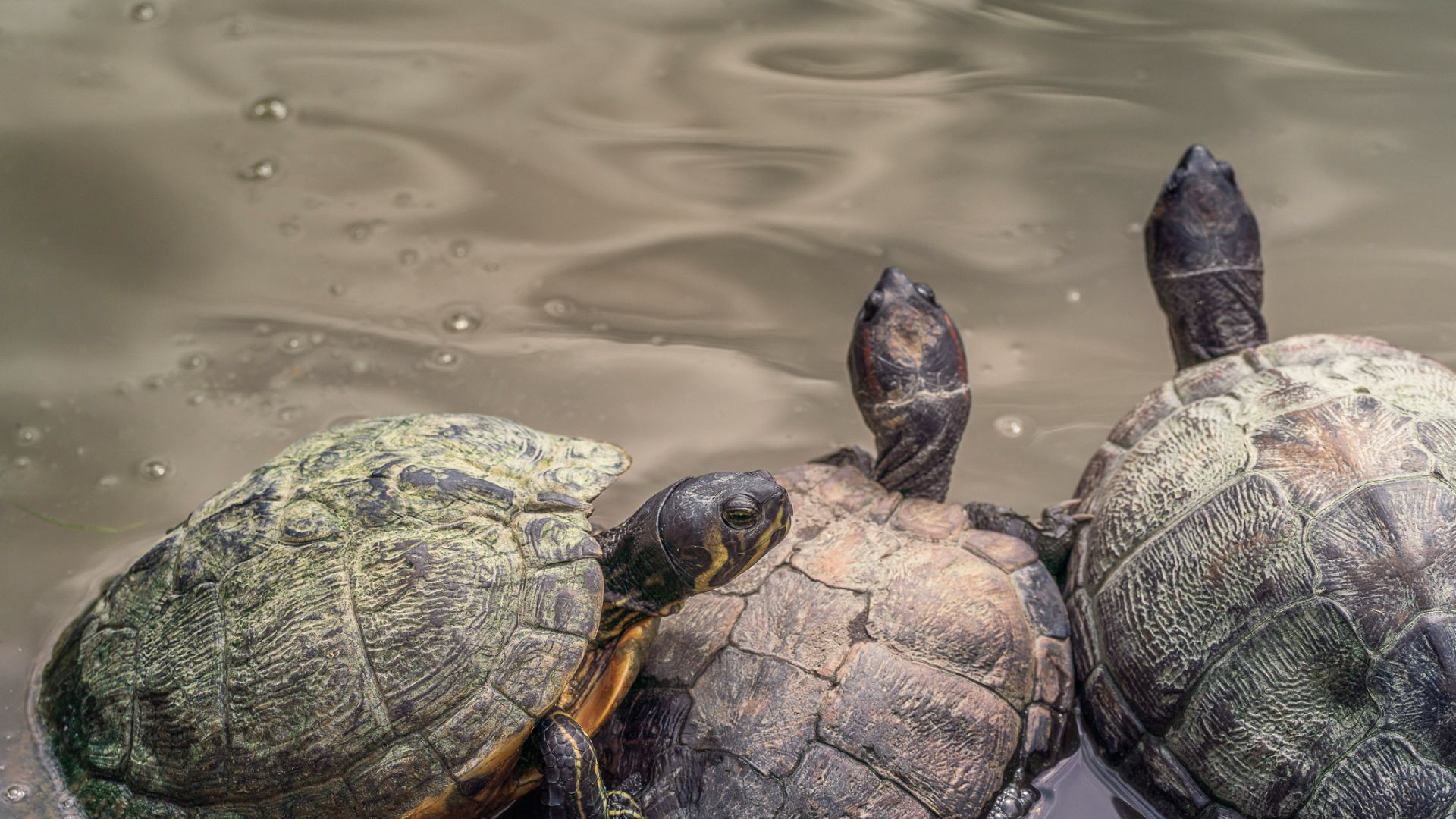
Turtles tend to need a dry area, with space and warmth for basking, as well as an aquatic area of their tank. You should have two themometers, one in the water and one in the dry area to ensure that their tank stays the correct temperature.
4. Bear in mind lifespan
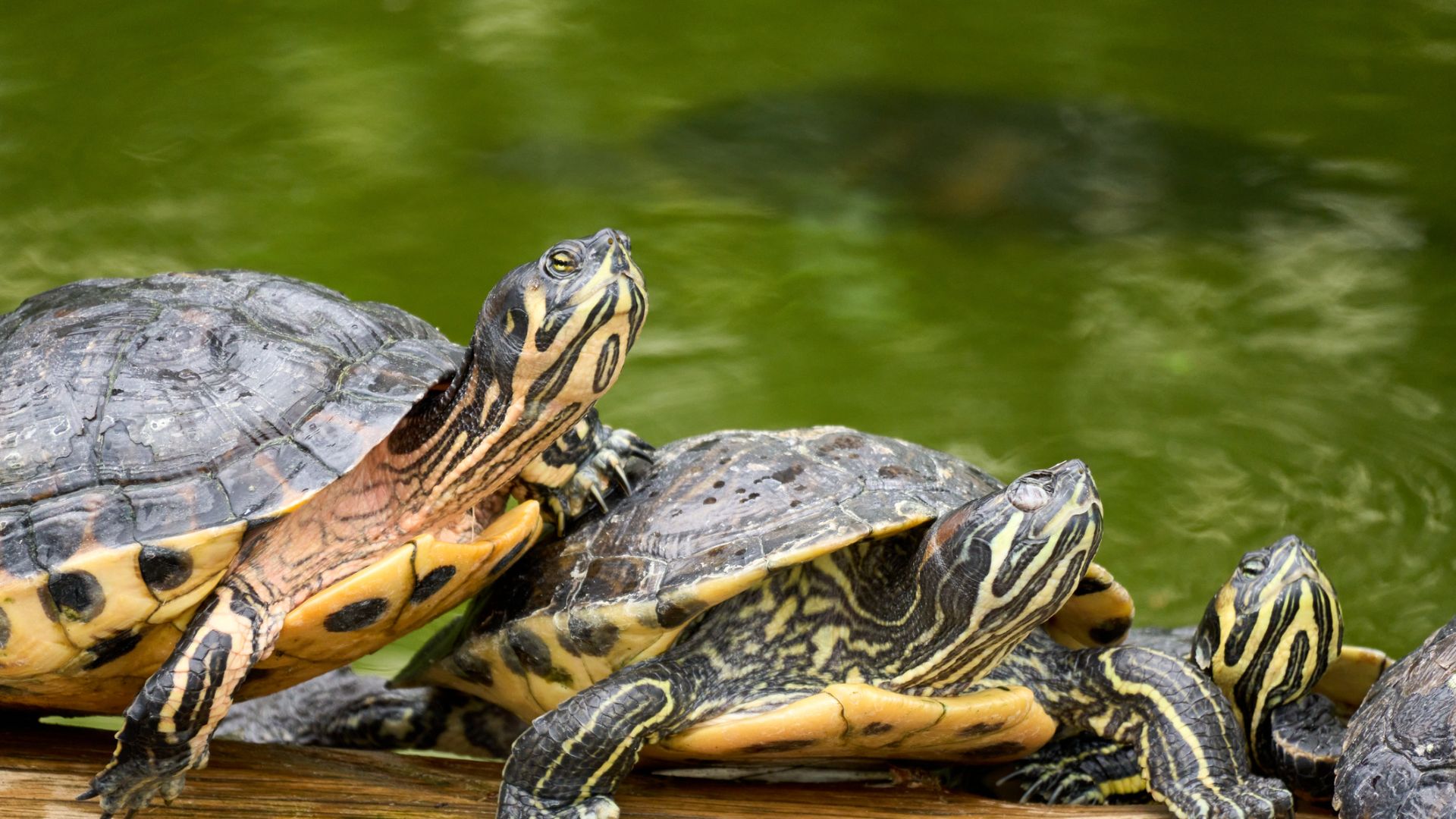
Another tip for pet turtle care is to consider how long reptiles live. A turtle in captivity is likely to live 20-30 years, depending on their breed. While none of us can see the future, ensure that you have a plan in case you find yourself unable to care for your turtle in future.
Get the best advice, tips and top tech for your beloved Pets
5. Turtles hibernate
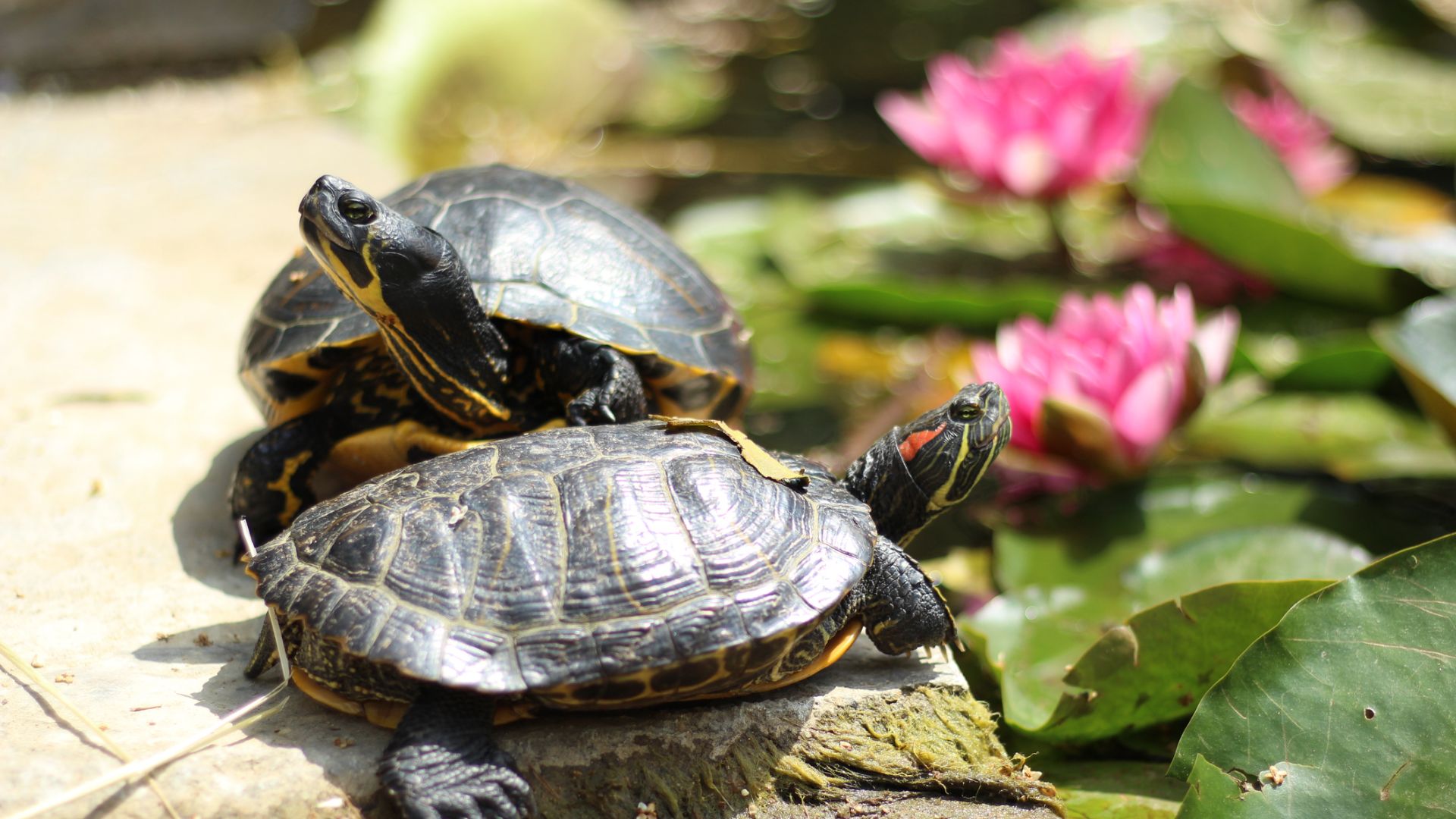
Many turtles hibernate from March to November, entering a period of dormancy called brumation. Less daylight hours and colder nighttime temperatures trigger this cycle, but it is a little more complex in captivity. Brumation is often important for health and reproduction but should be managed by an experienced reptile keeper or veterinarian.
6. Provide an amphibious environment

Turtles, unlike tortoises, require an amphibious environment with access to water and a dry, warm place to bask. People often mistake tortoises for turtles, but they have very different requirements so make sure you know what you're doing.
7. Buy a heating lamp for basking
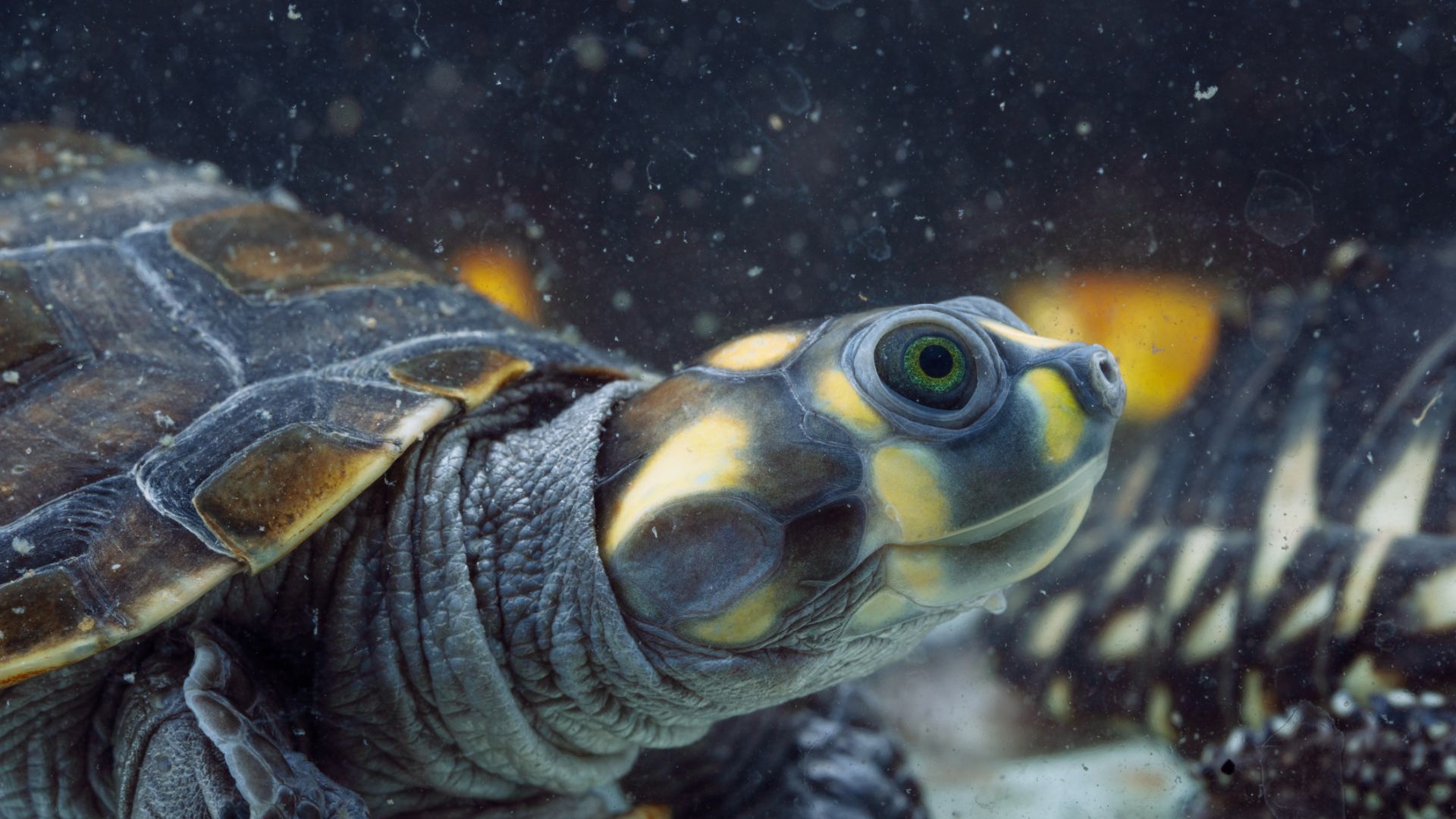
Turtles need a lamp to provide them warmth and all important UVA/UVB rays. They need the UV rays for their bodies to be able to make vitamin D and utilize calcium from their diets. Ensure the heat lamp you buy is also a UV lamp so your turtle remains healthy.
8. Choose the right food
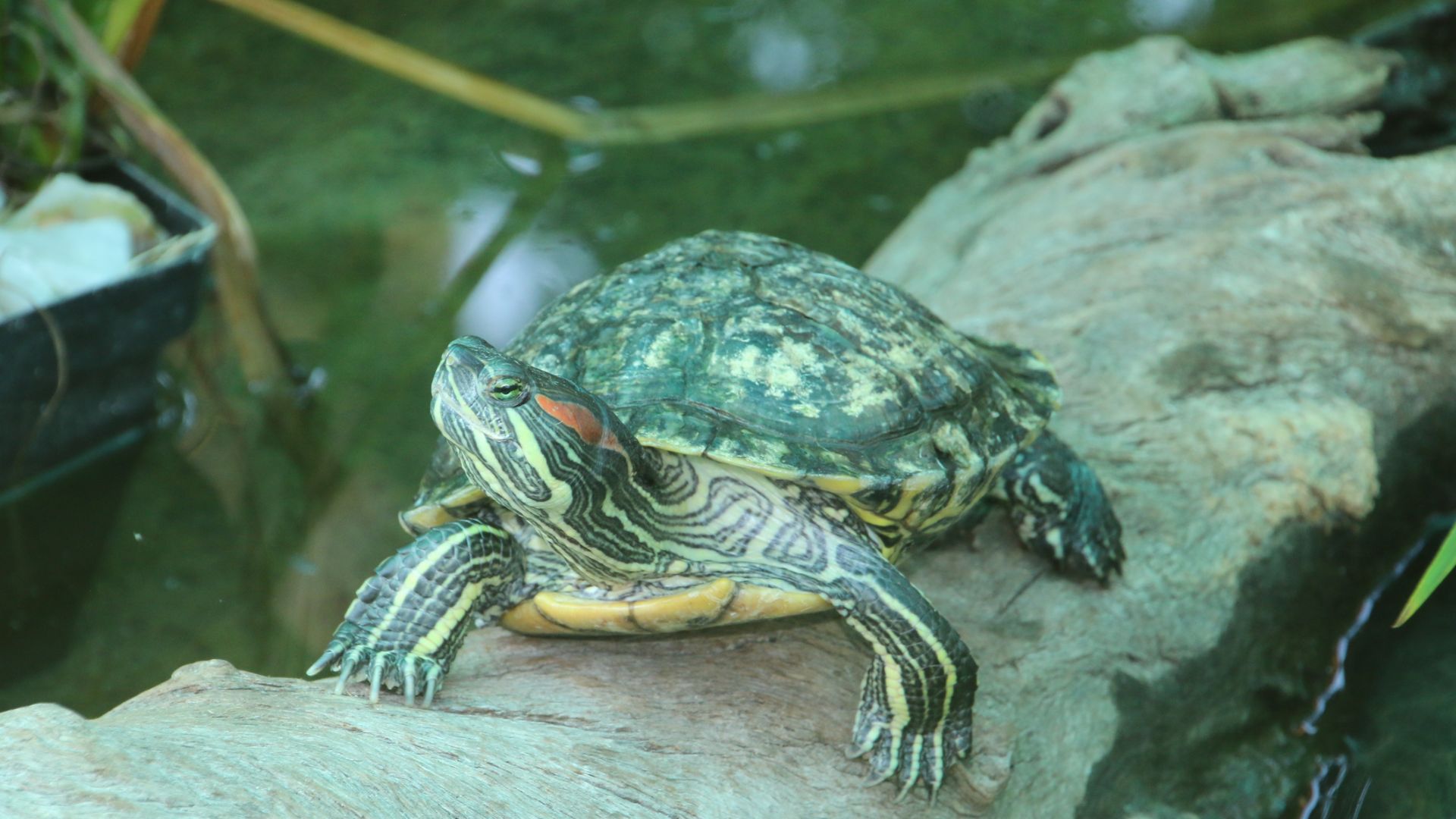
What do pet turtles eat anyway? Turtles require the correct diet, which is usually a mixture of live prey (insects, fish, bloodworms) protein-rich pet food like trout chow and vegetables. The specific diet will depend on the type of turtle you have, so make sure you do your reasearch beforehand.
9. Do not handle your turtle too often
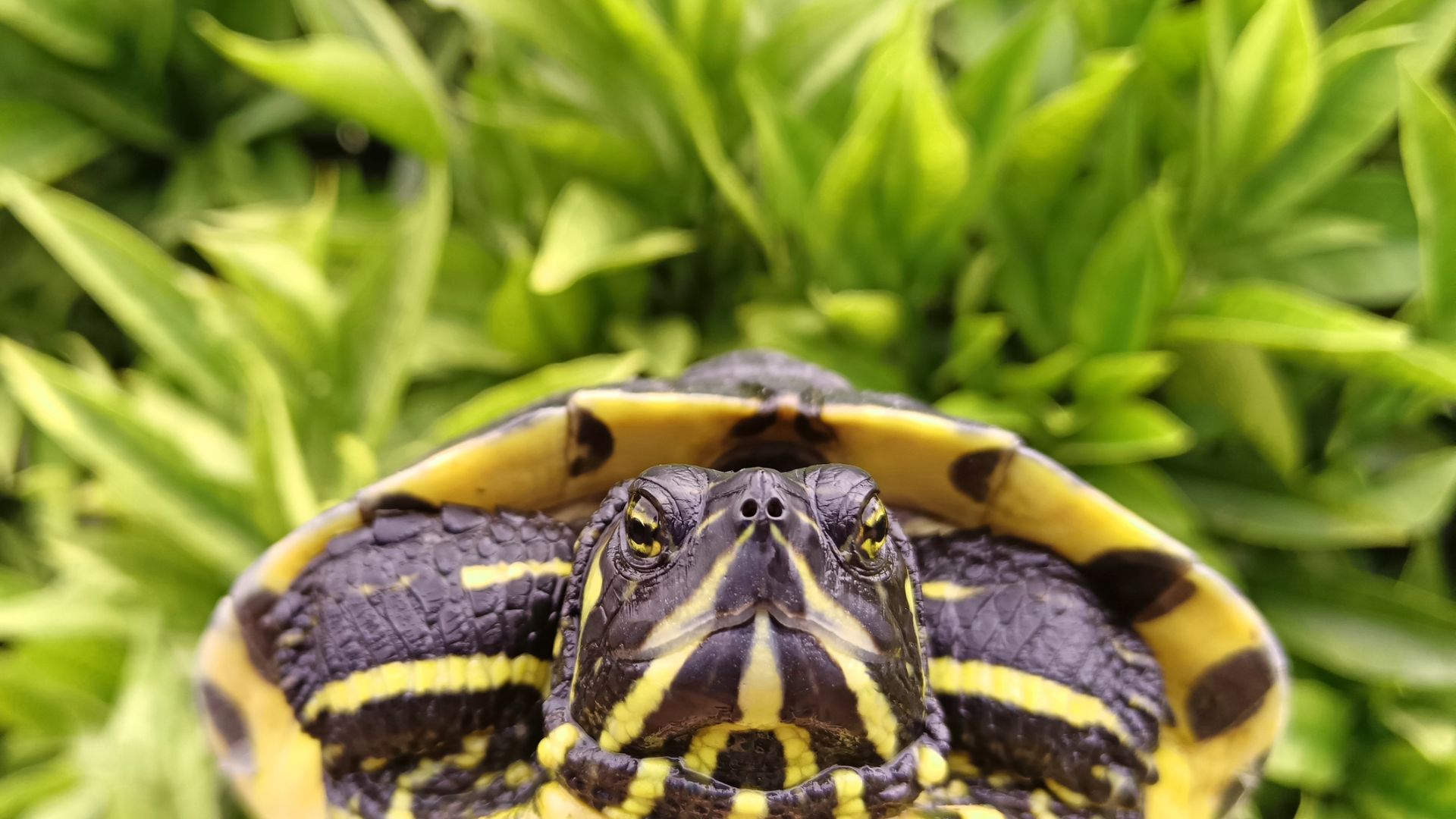
You should avoid handling your turtle unless absolutely necessary. They sometimes carry salmonella, which is dangerous for humans, and the temperature of your hands can impact their energy levels. It can also be stressful for the turtle.
10. Wash your hands when handling your turtle
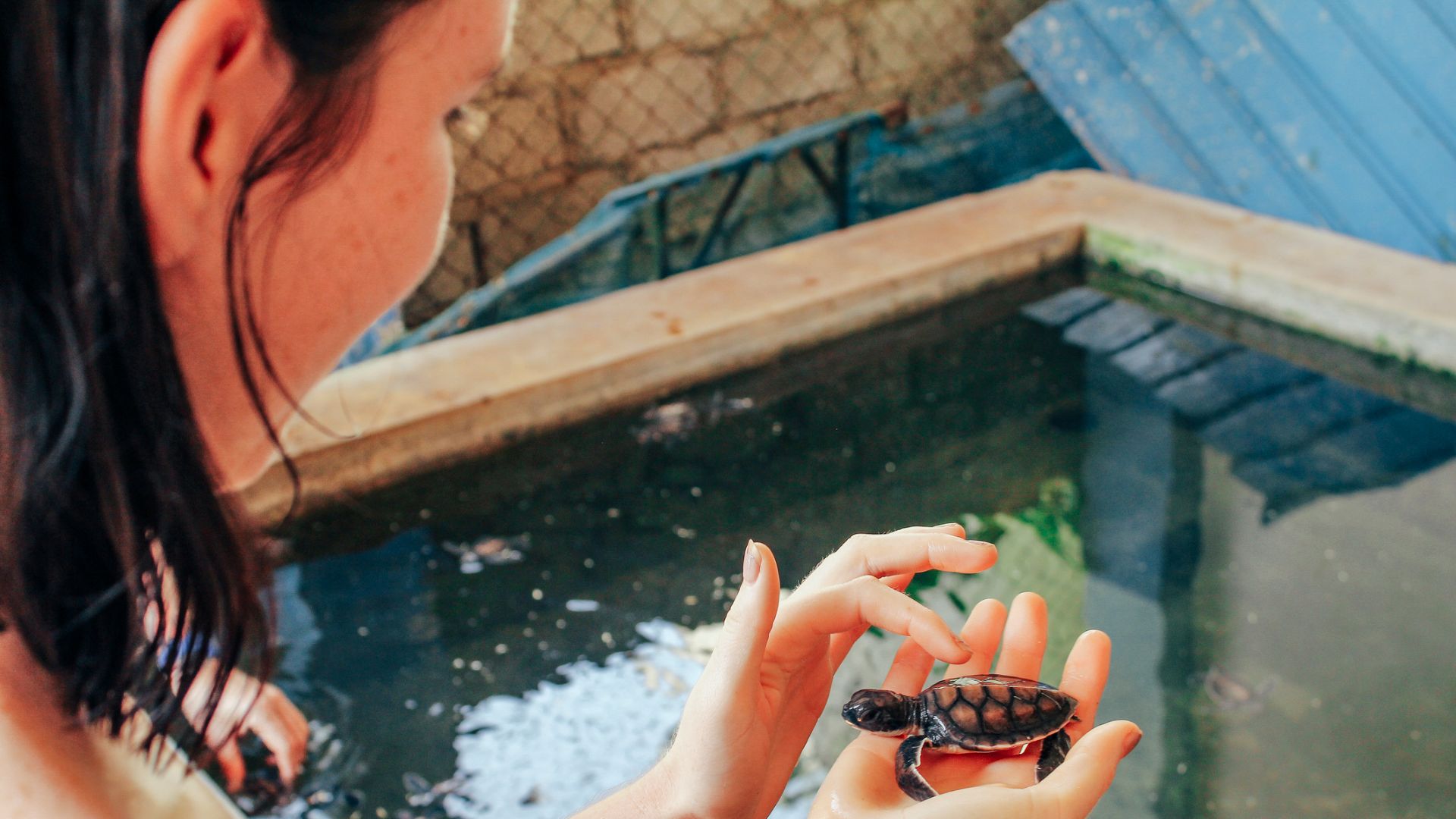
If you need to handle your turtle for any reason, make sure that you wash your hands before and afterwards. This will limit your risk of developing salmonella.
11. Avoid obesity
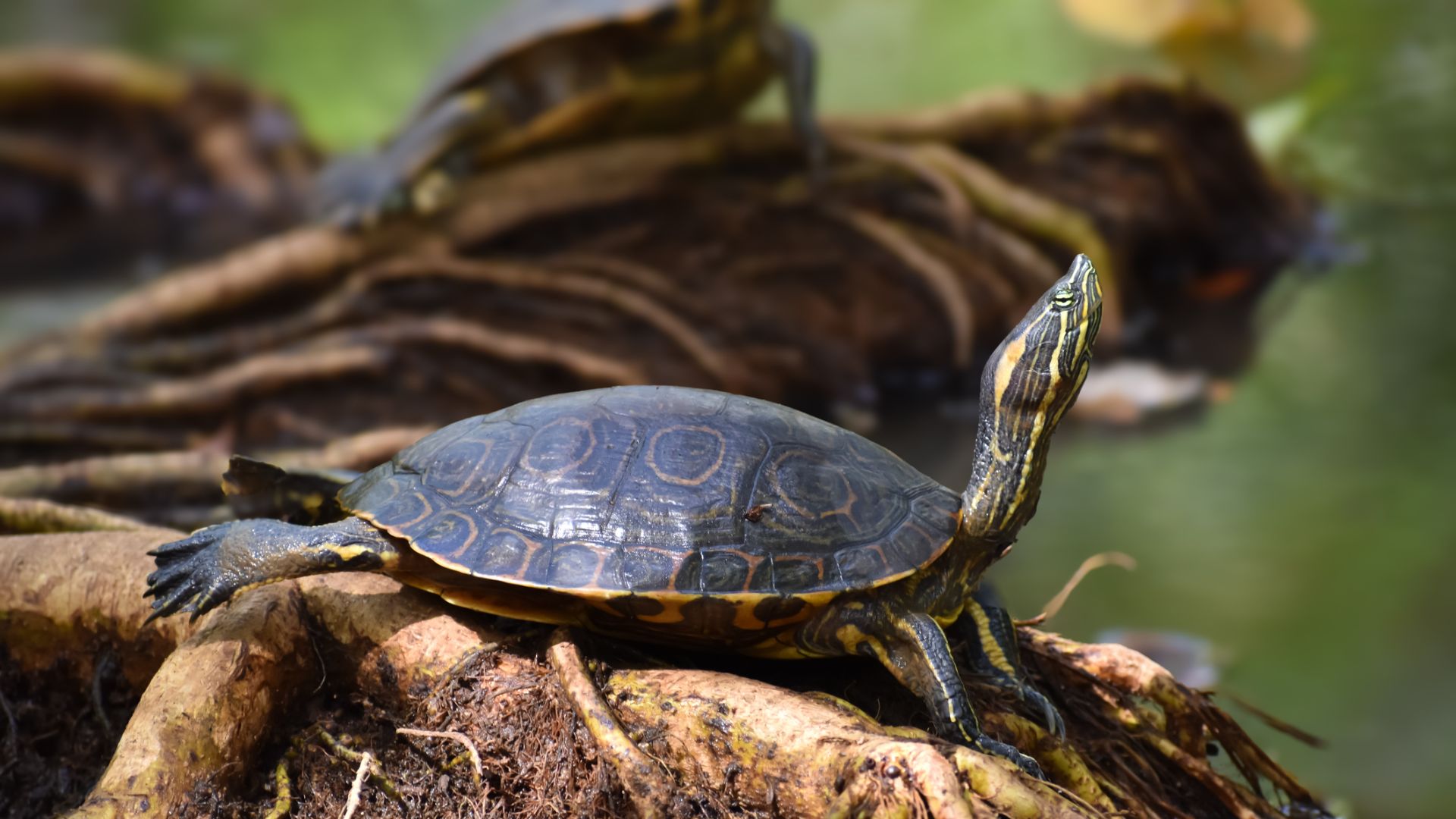
Turtles can develop obesity from overfeeding and a poor environment. If they get too fat, they will not be able to retract their heads into their shells and their legs may not bear their weight, meaning that they will get stuck out of water.
12. Be careful of salmonella
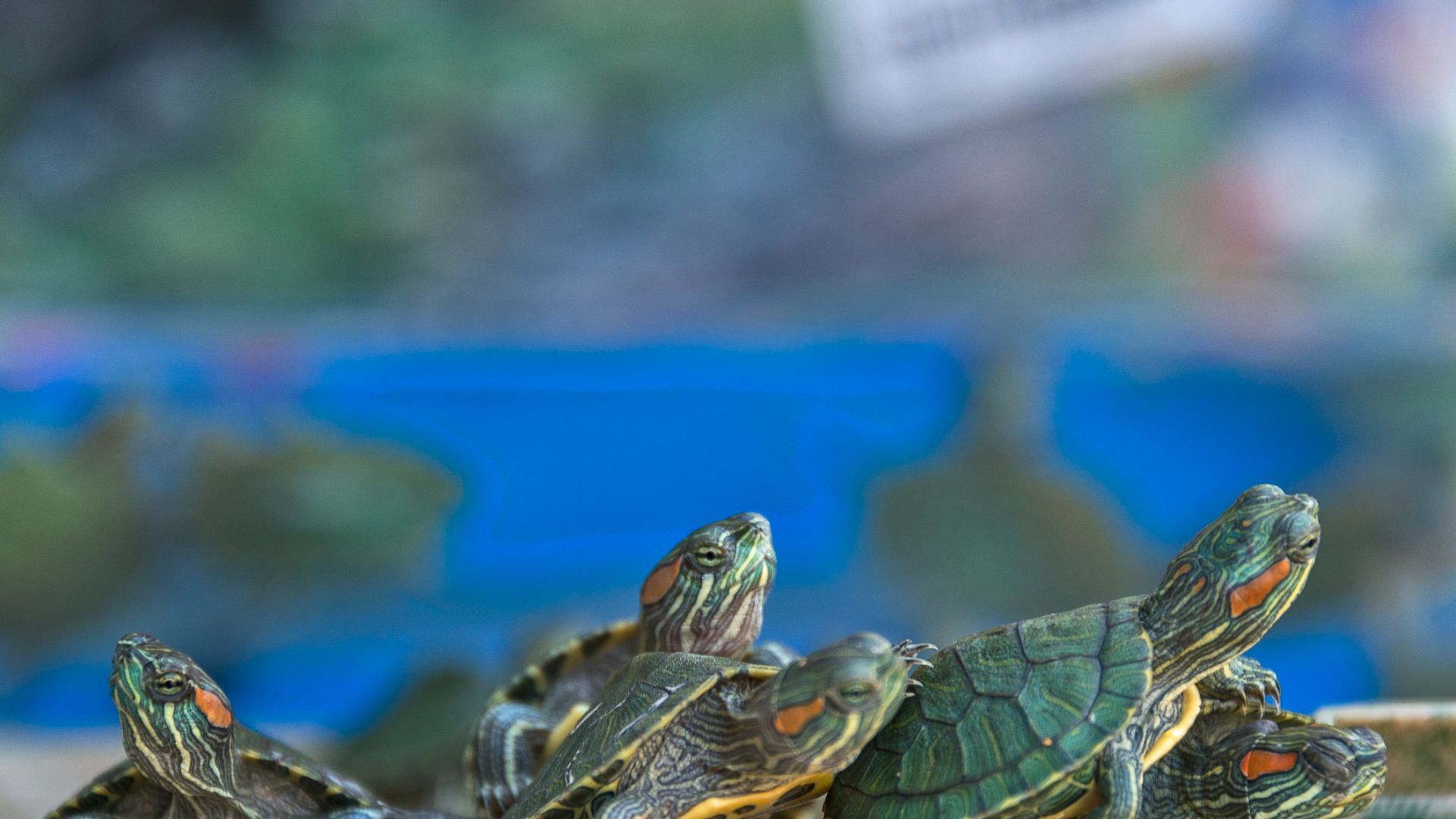
As mentioned above, turtles can carry salmonella. With this in mind, be extra careful with hand hygiene when handling your turtle and cleaning their environment. It is also best to keep children clear of the turtle and its tank.
13. Regularly change water
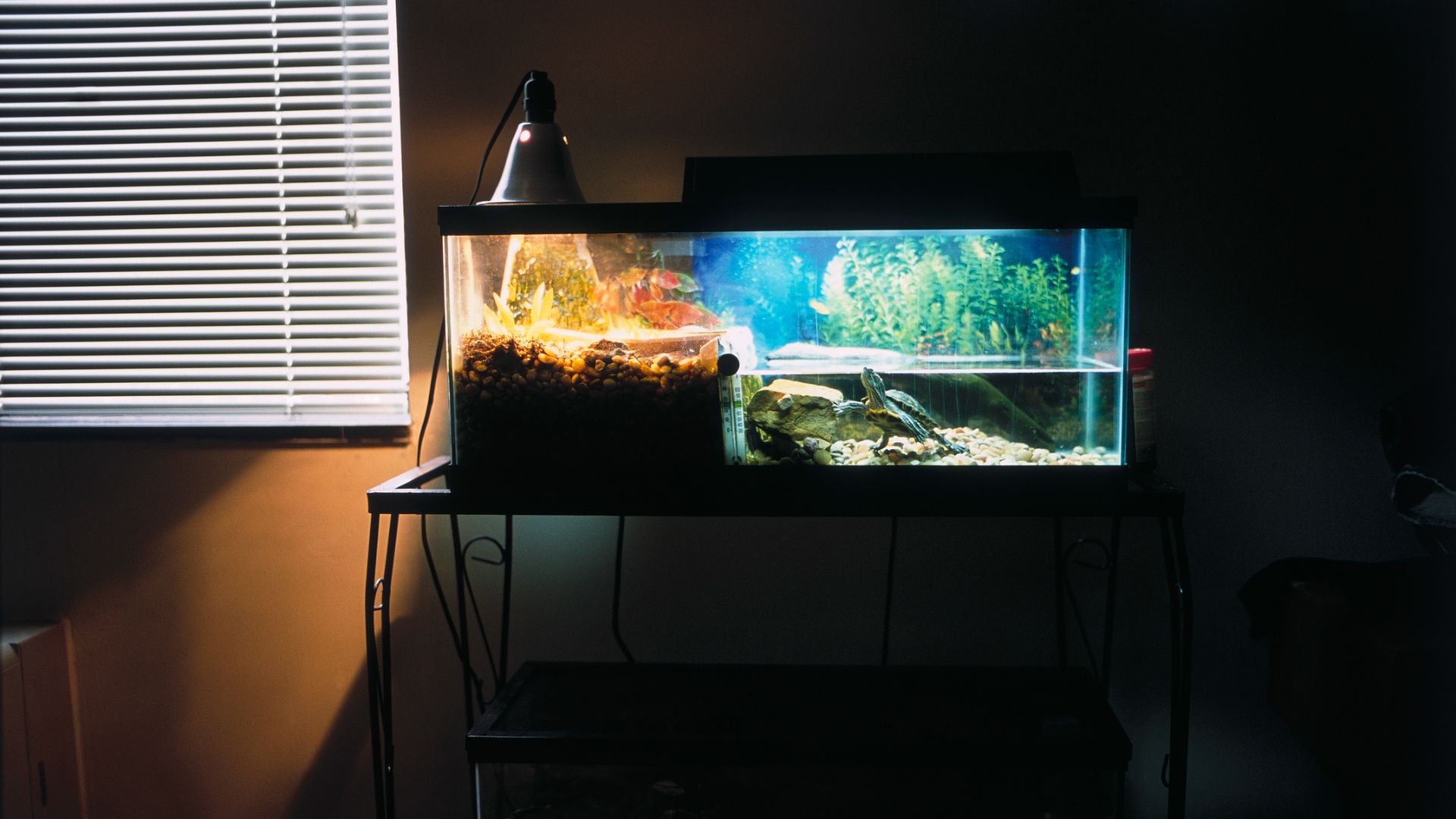
Turtles need a full water change every four weeks, with a 25% change weekly or 50% change every fortnight.
14. Turtles need Ultraviolet
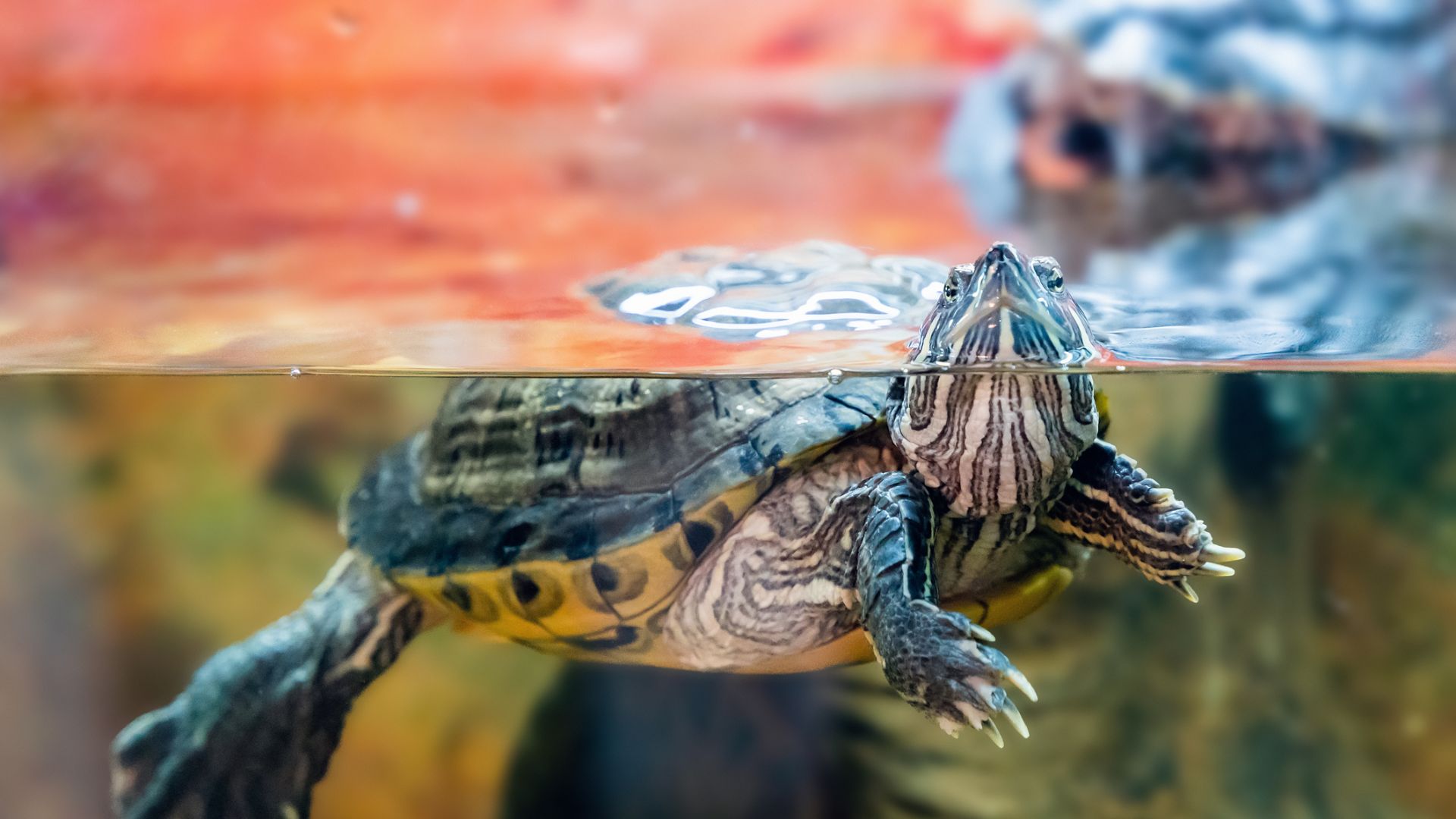
Rather than simply a heat lamp, ensure you purchase a basking lamp that provides your turtle with UVA/B to ensure that they do not get a vitamin D deficiency.
15. Consider your water filters
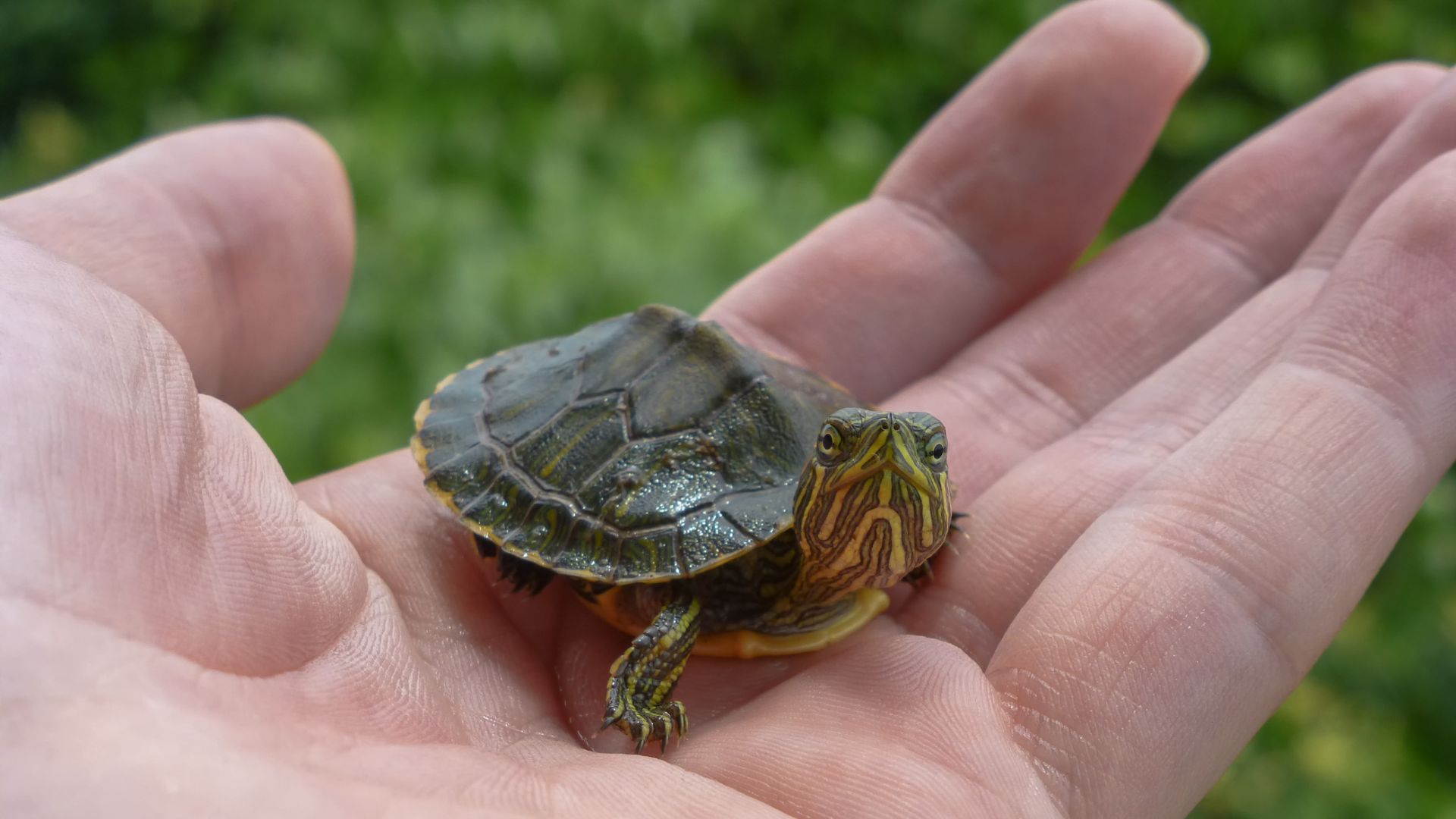
Your water filter will need to be the right size for the tank you have chosen. Turtles poop a lot, so the filter needs to be able to manage 2-3x more than the capacity of the tank.
16. Add plants to their enclosure
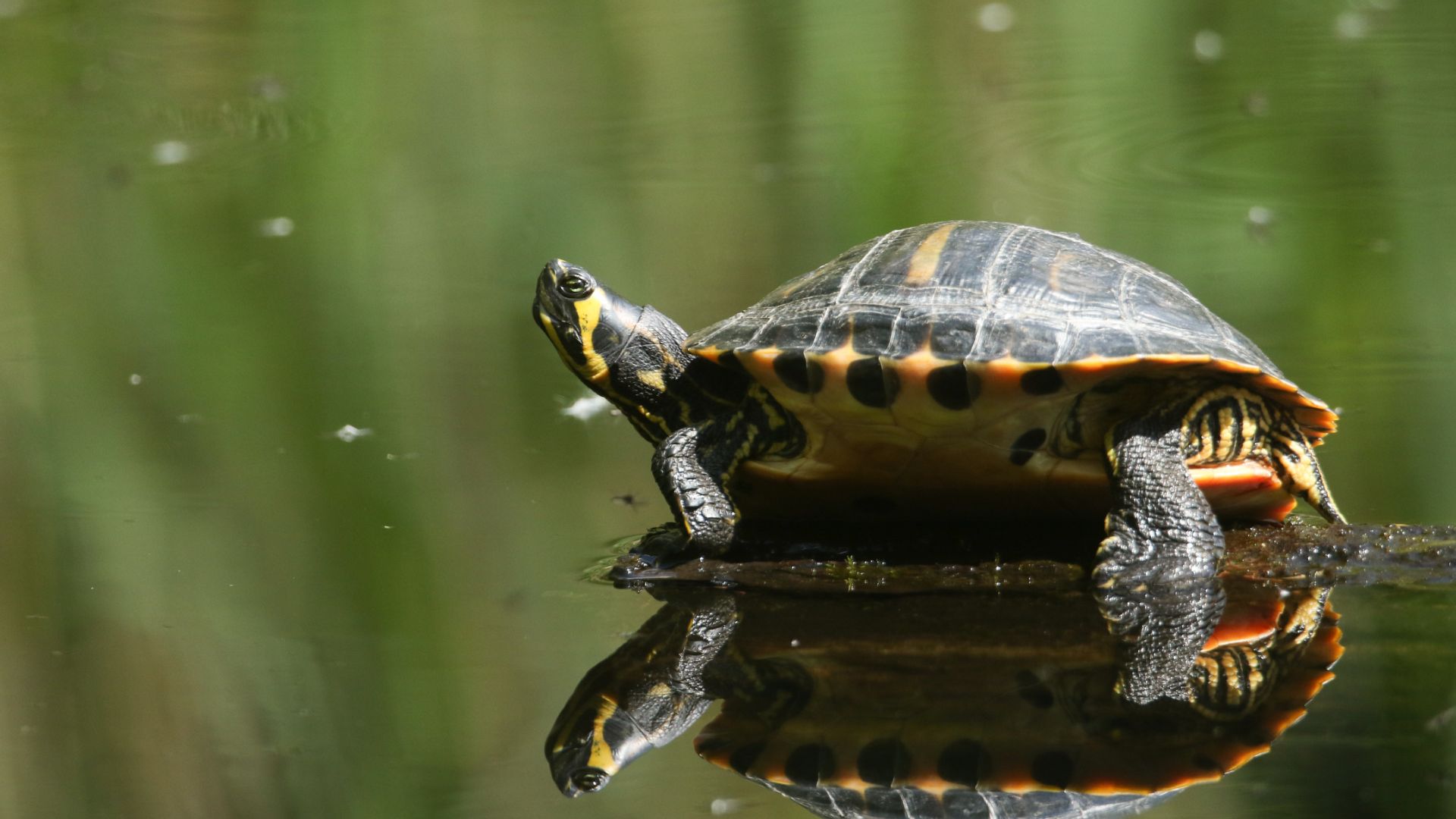
Plants, fake or real, provide enrichment and interest to your turtle's enclosure. Their enclosure should be as close to the turtle's natural environment as possible. If you choose fake plants, ensure that you clean them regularly.
17. Be aware that some turtles climb
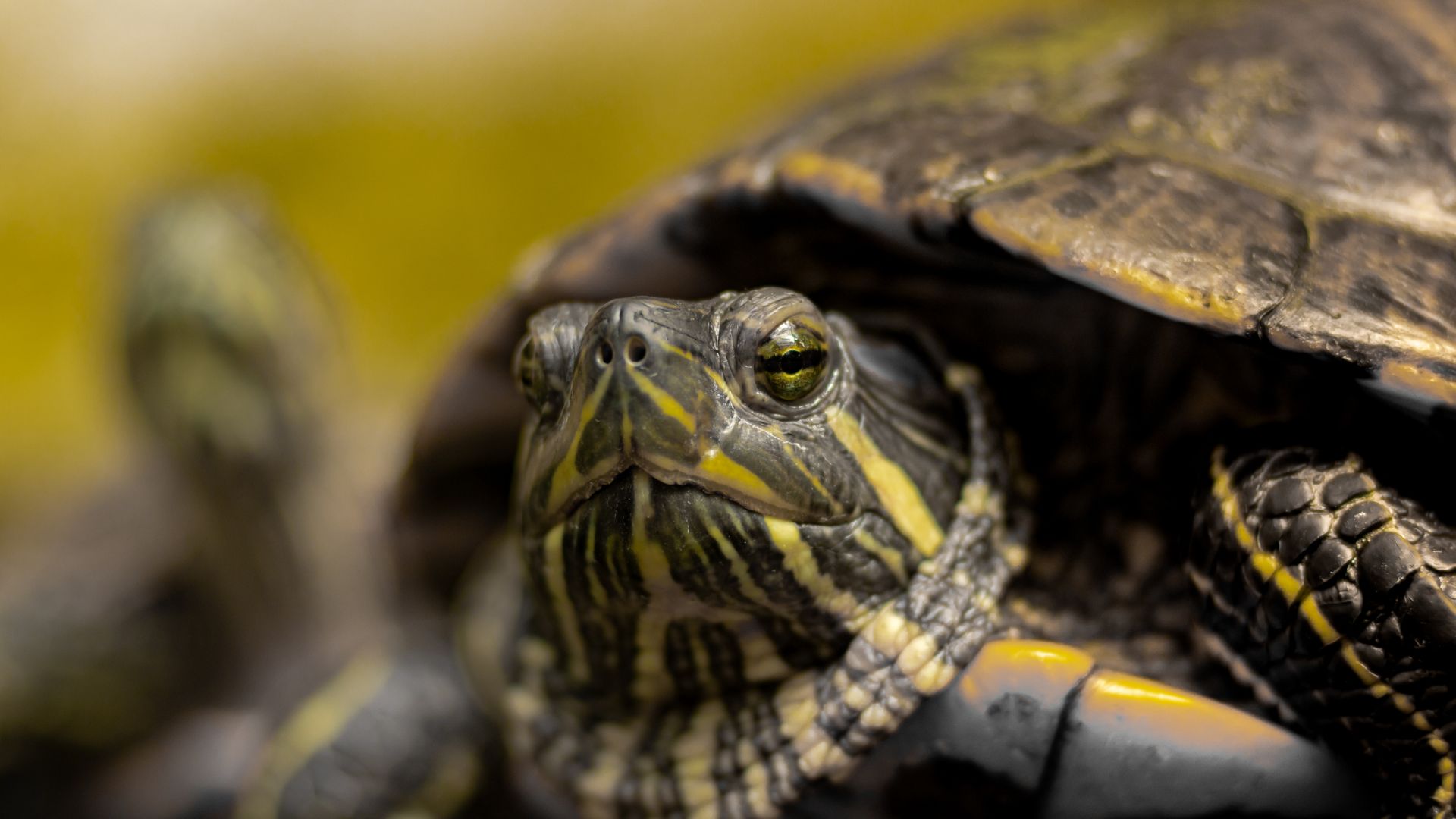
It may seem odd for an aquatic animal to be able to climb, but some species of turtle can and do. Be aware of this when setting up their enclosure.
18. Turtles and tortoises are different animals
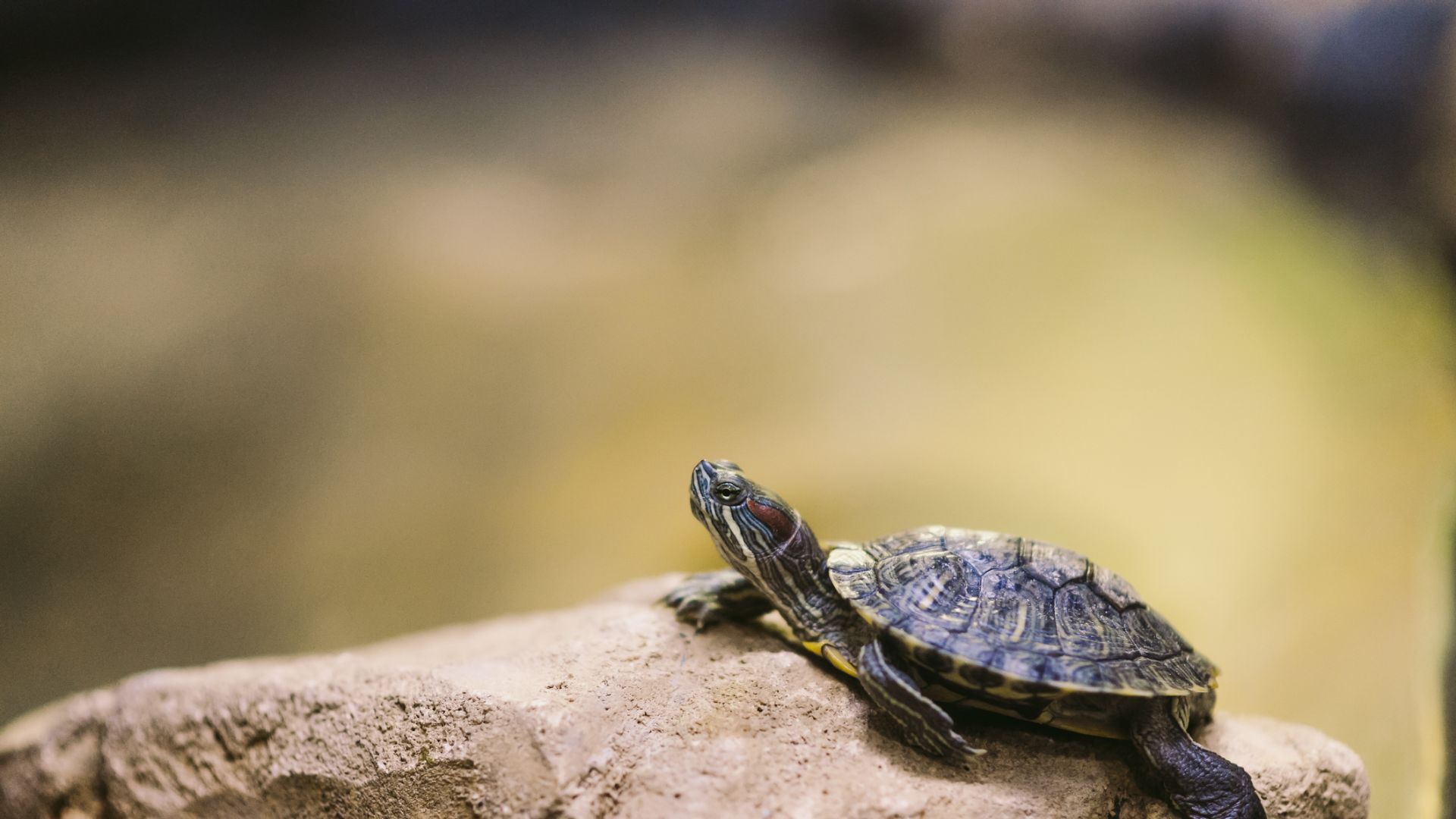
While this may seem obvious, people often confuse turtles and tortoises are different animals with different needs.
19. Consider the depth of the water
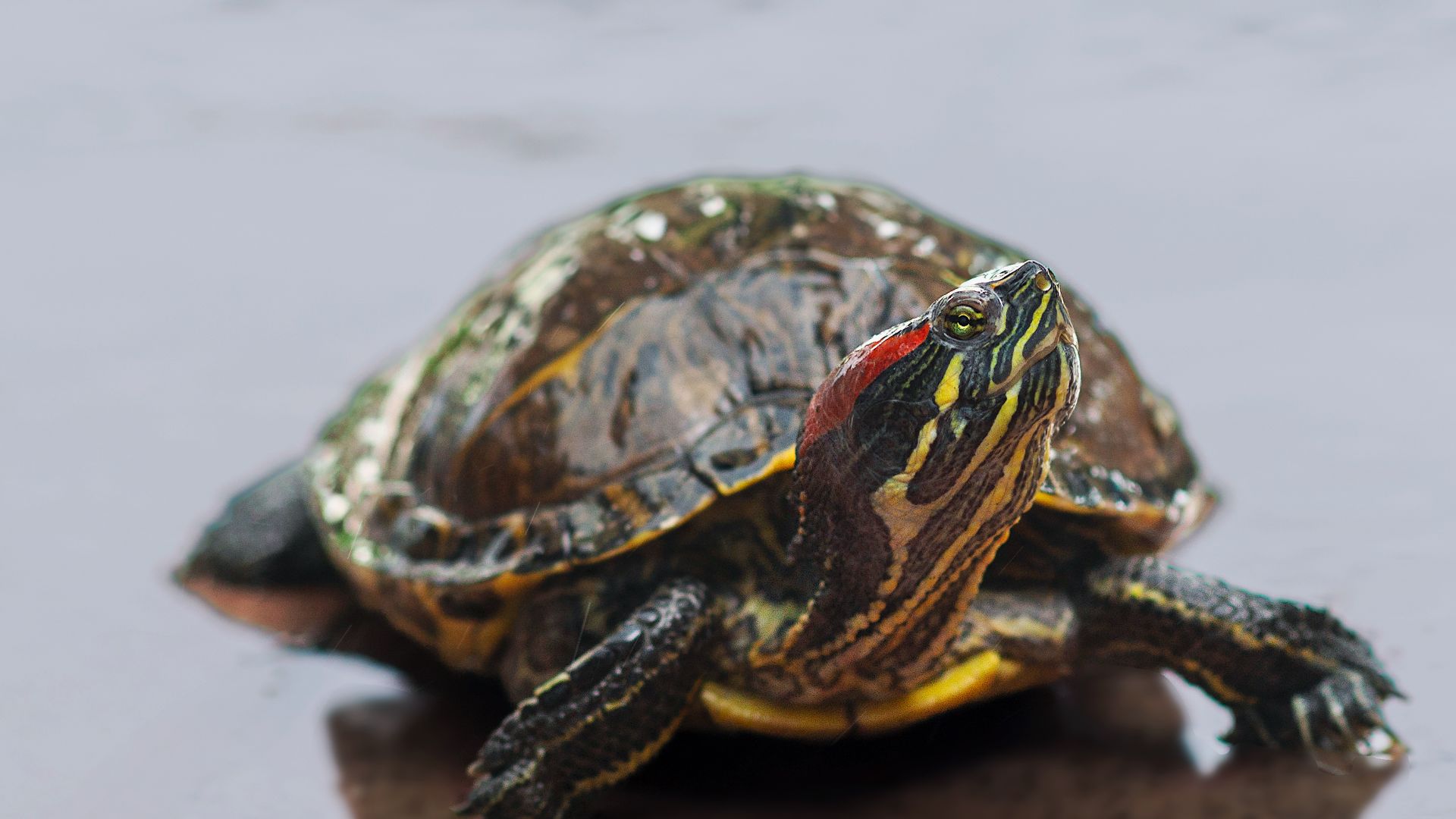
Turtles need the water in their tank to be of an appropriate depth for the turtle to fully submerge and swim without getting stuck. This is generally two times the length of their shell.
20. You can encourage wild turtle habitat in suitable areas
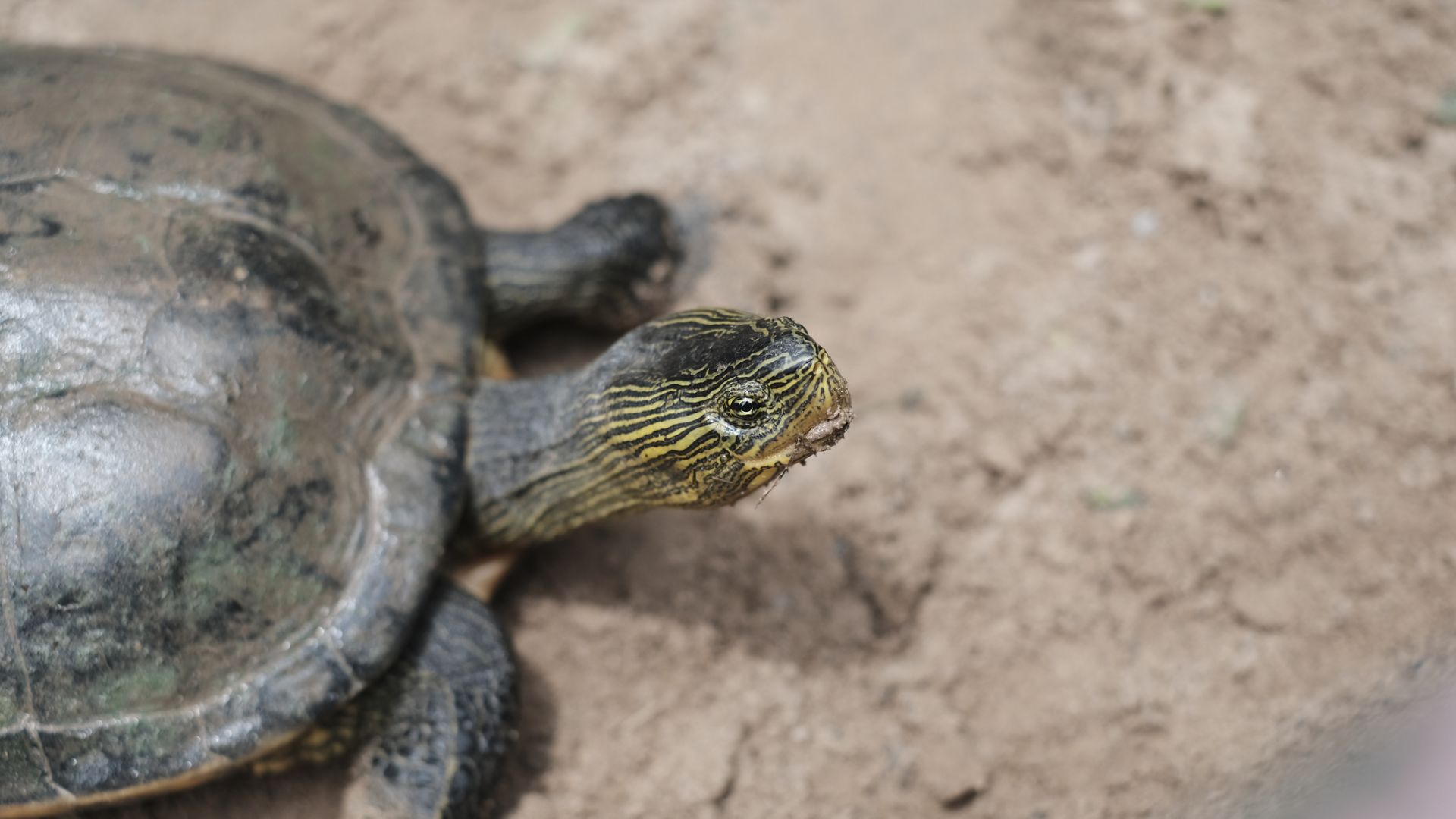
If you live in an area where turtles are native, you can build a suitable habitat and encourage wild turtles to live in it. Many people will build ponds to attract turtles, which can help with insect control and provide valuable habitat for wild animals.
21. Male turtles fight
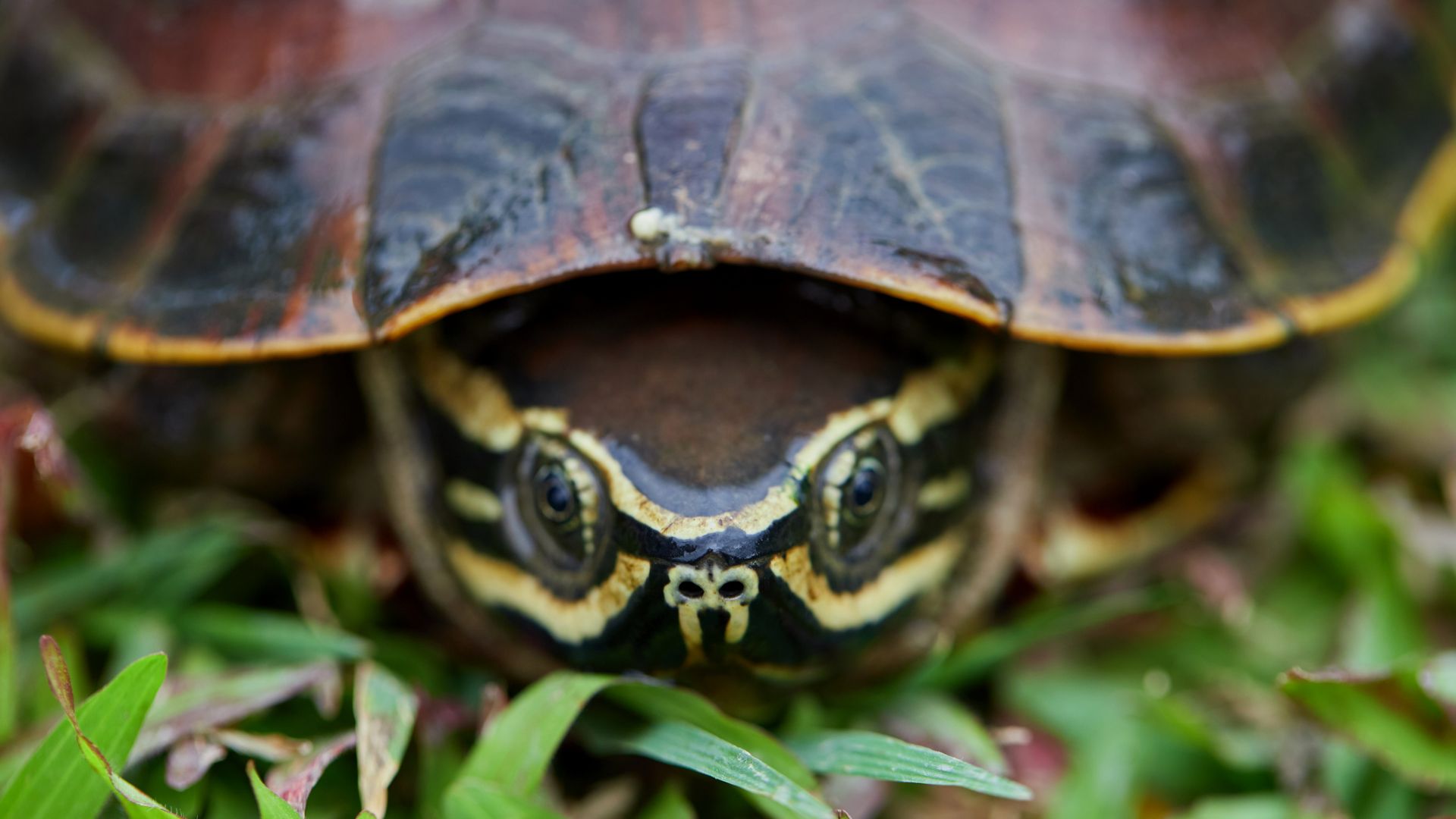
If you have multiple male turtles in a single tank they will likely fight when they reach sexual maturity. They compete for females and territory, making them unsuitable tank mates.
22. Females may or may not fight
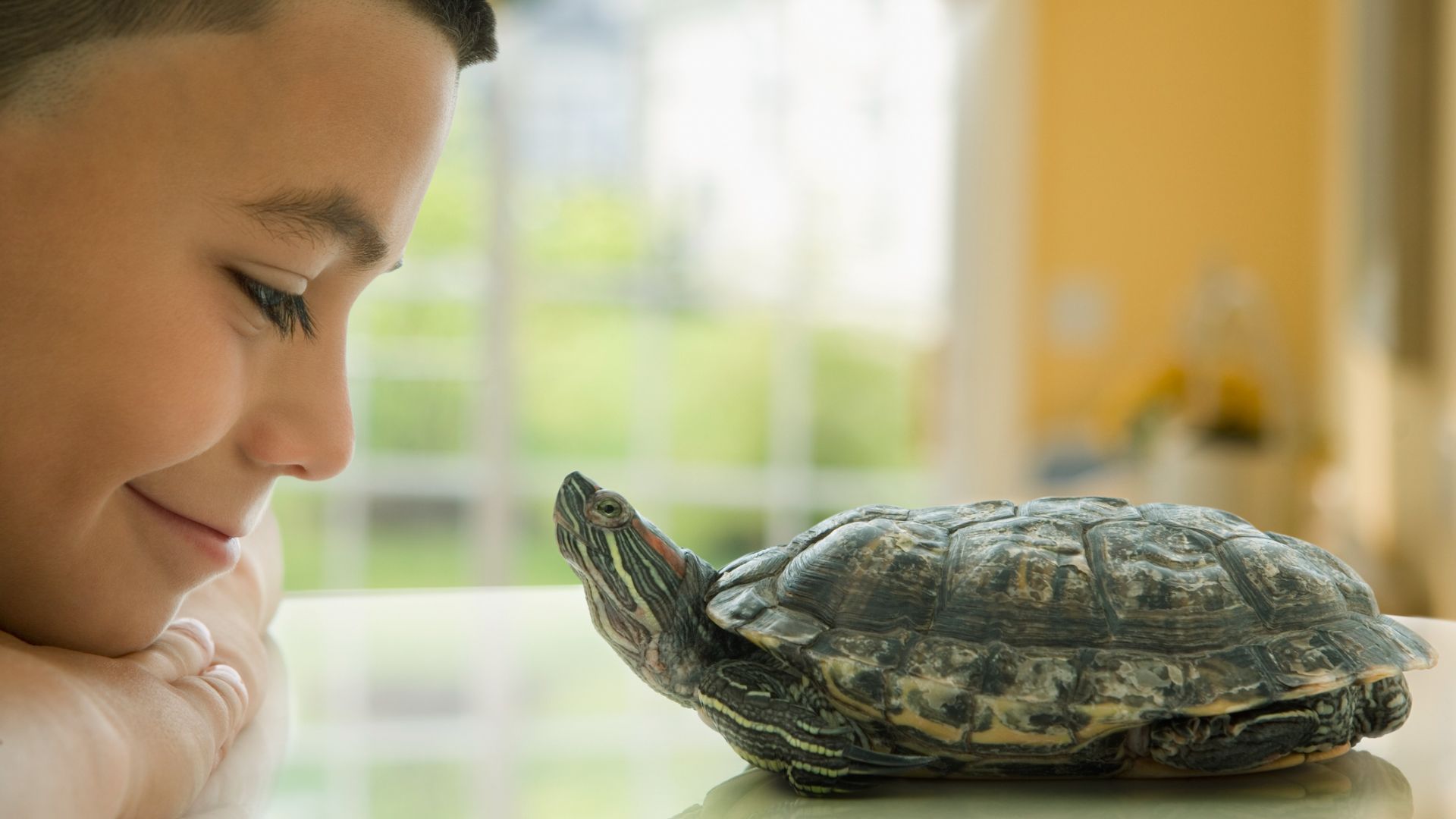
Female turtles are less likely than males to fight when sharing a tank, but sometimes will if they feel their resources are threatened.
23. Check the temperature of the tank regularly
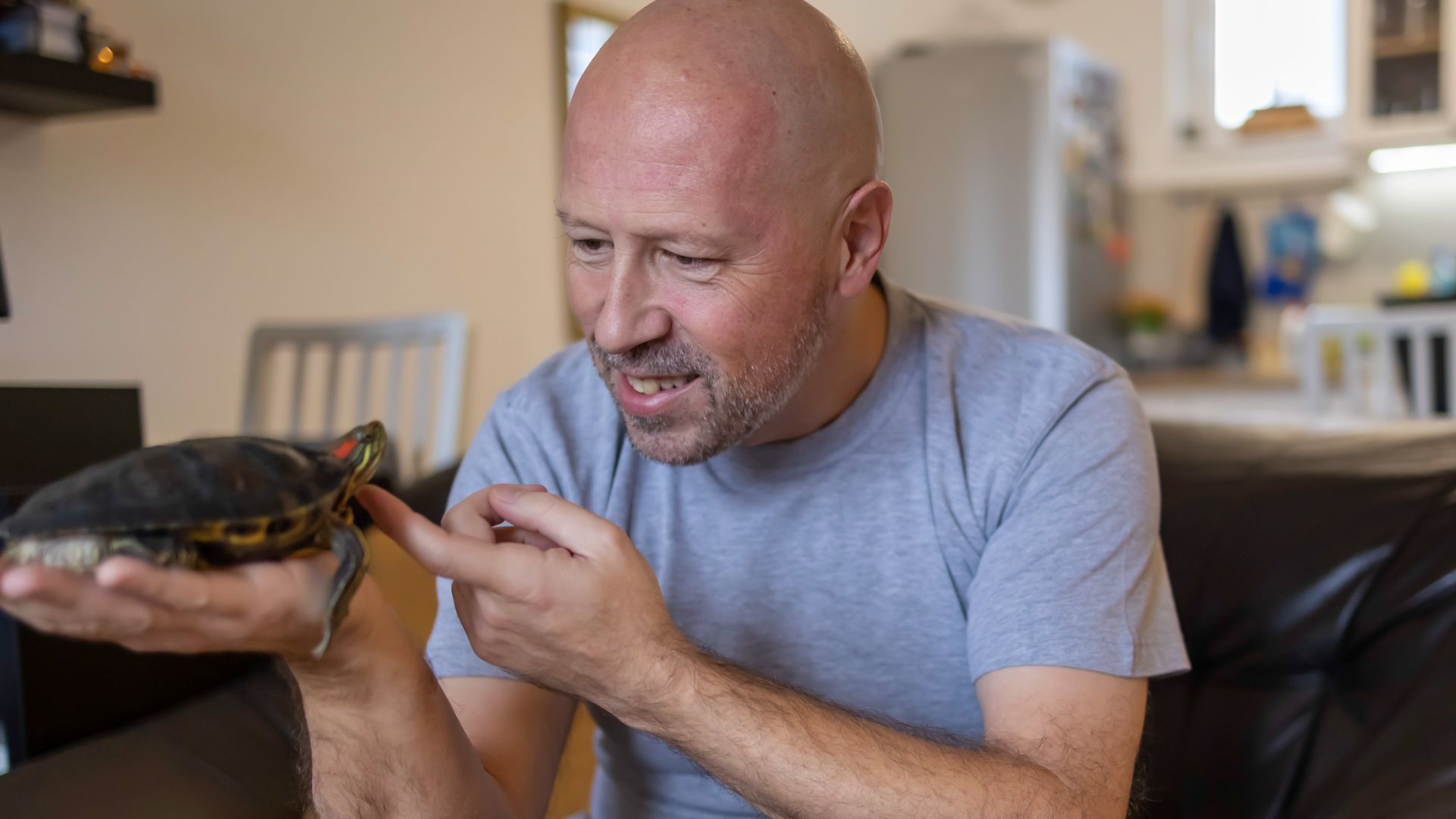
We mentioned before that you will need two thermometers: one for the dry area, and one for the water. Monitor these thermometers at the same time every day to make sure you spot any changes in temperature that might harm your turtle.
24. Condition water before adding it to the tank

Turtles will not do well living in water straight from a tap: you need to condition it beforehand to remove chlorine and chloramine. You will also need to ensure the water you are adding to the tank is the same temperature as the water already in there.
25. Cuttlebones provide calcium
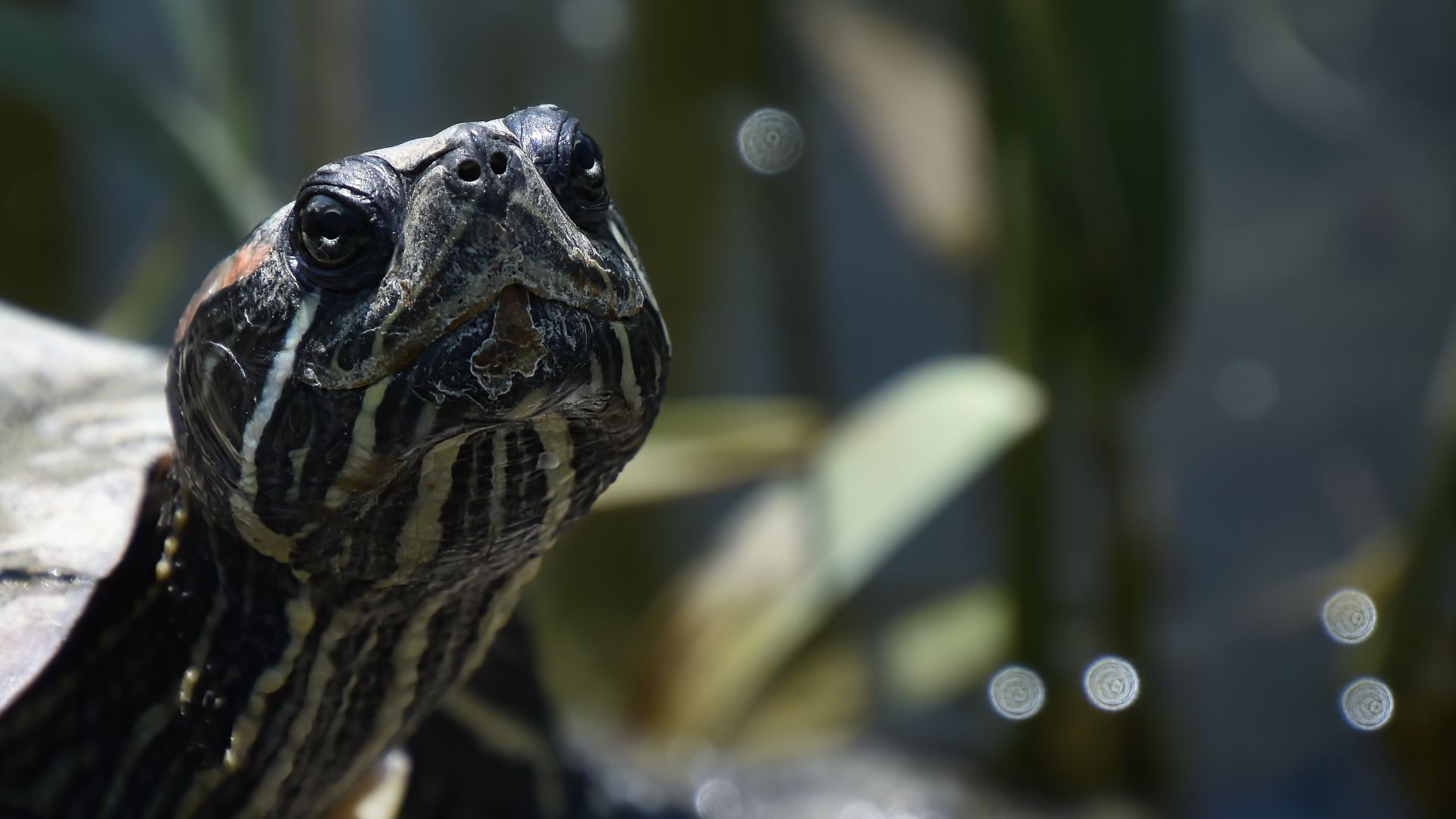
Turtles need a suitable amount of calcium in their diet to maintain their shells and skeletons. Cuttlebones offer a great way to supplement your turtle's diet with extra calcium, but you should also feed them vertebrate insects and fish to meet this need.
26. Test the water quality regularly
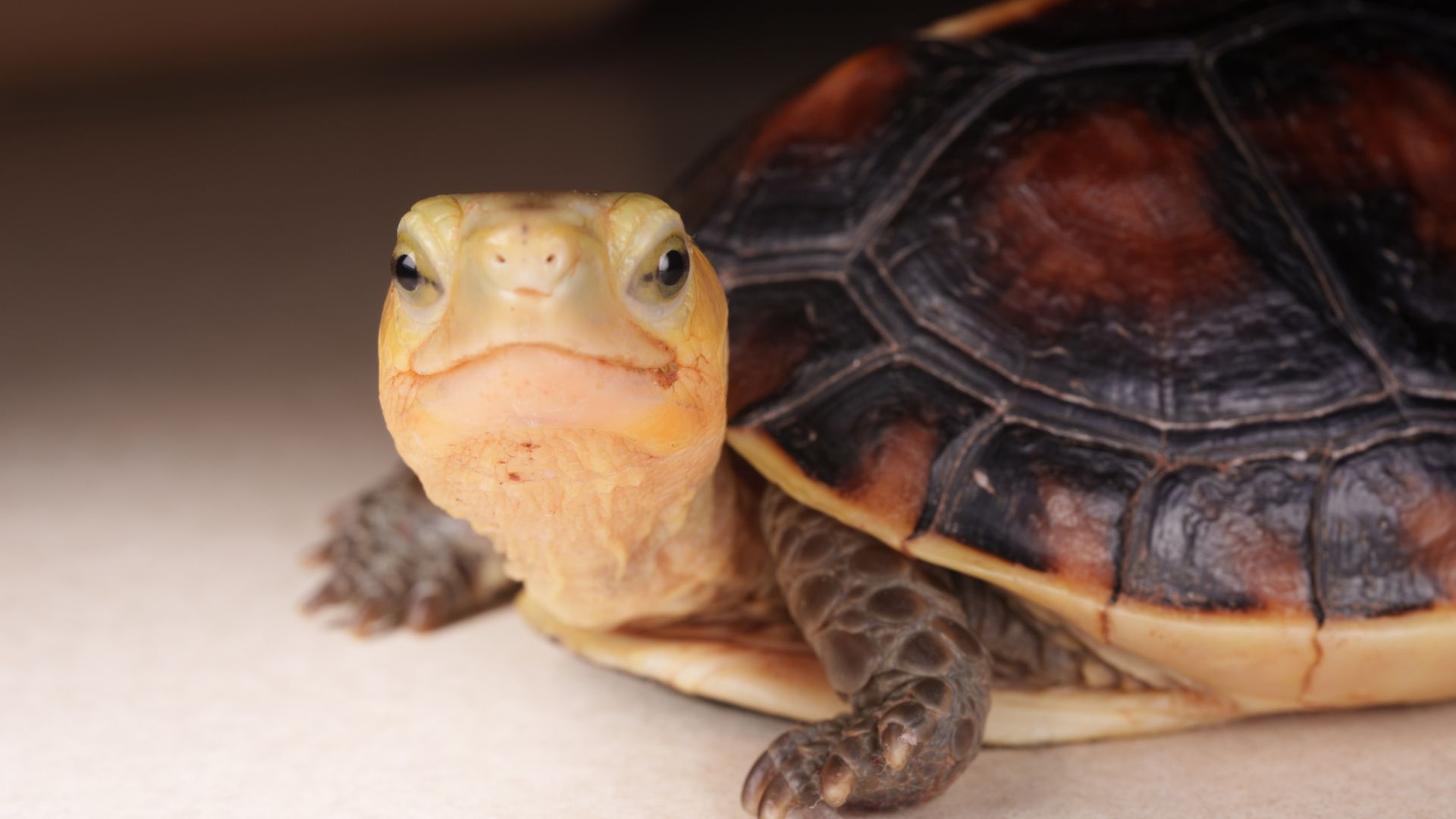
For the health of your turtle, you will need to test the water quality regularly. Testing kits can be purchased that check pH and levels of ammonia and nitrites. You will also want to monitor water hardness.
27. Rocks should be larger than your turtles head
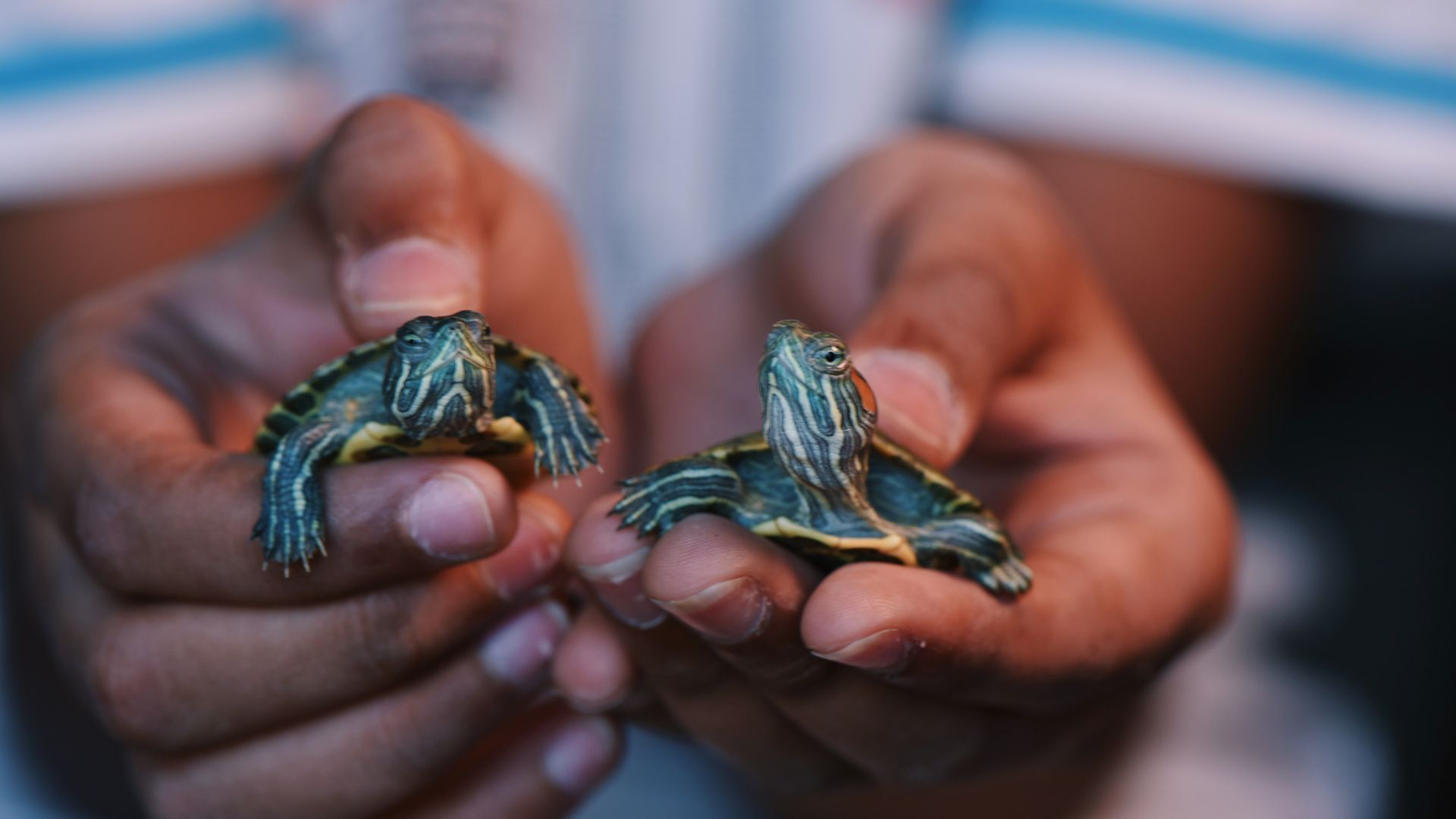
Turtles aren't always the smartest, so ensure any rocks in their enclosure are larger than the size of their head so they are not mistaken for food.
28. Choose appropriate water plants
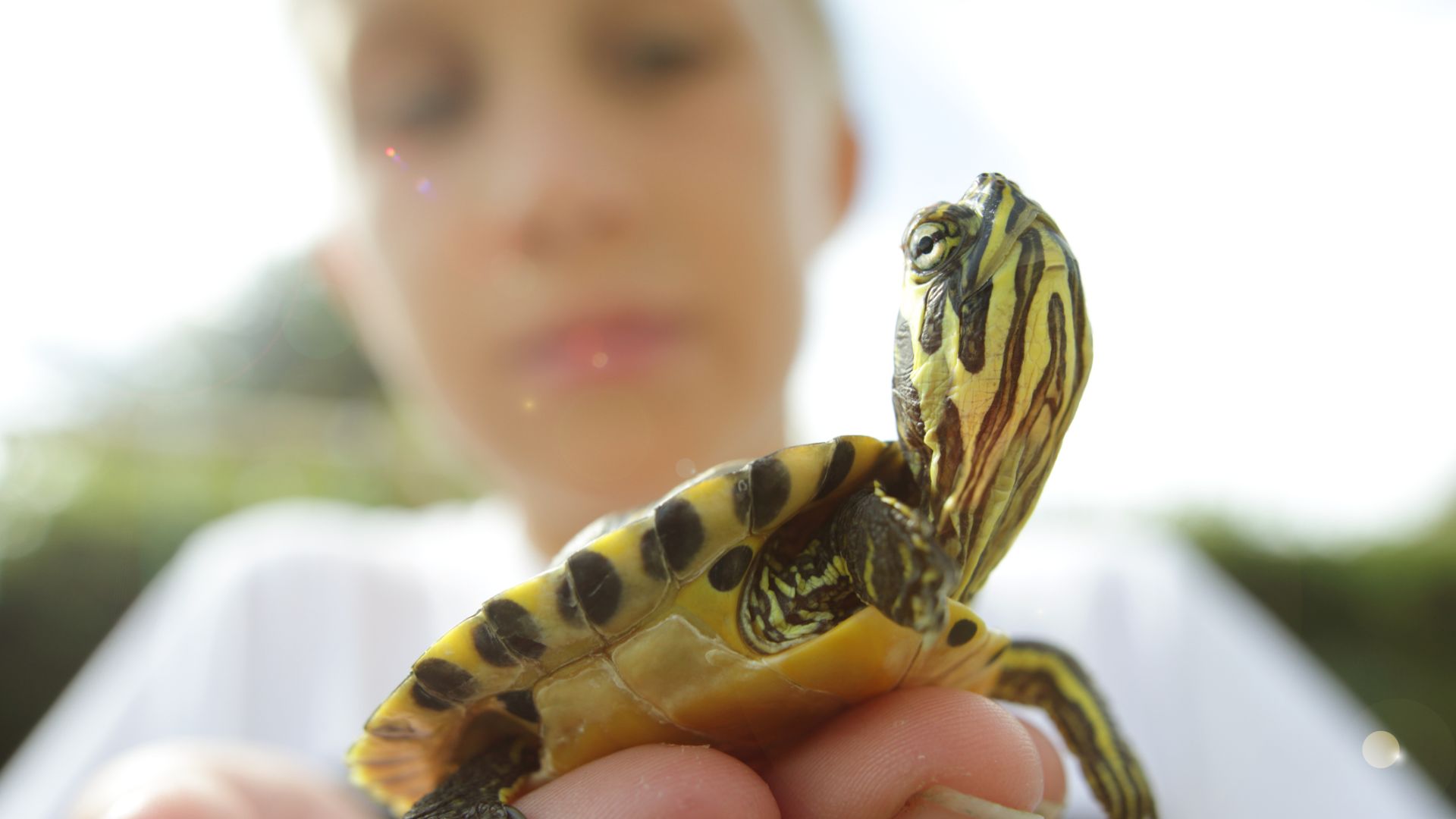
Ensure that the plants you put in your turtle's enclosure are suitable: that they don't poison the water and are suitable for the turtle to eat. They can improve water quality and provide forage for your turtle to graze on. They can also be fun places for your shell-ed friend to hide.
29. Clean the tank at least monthly
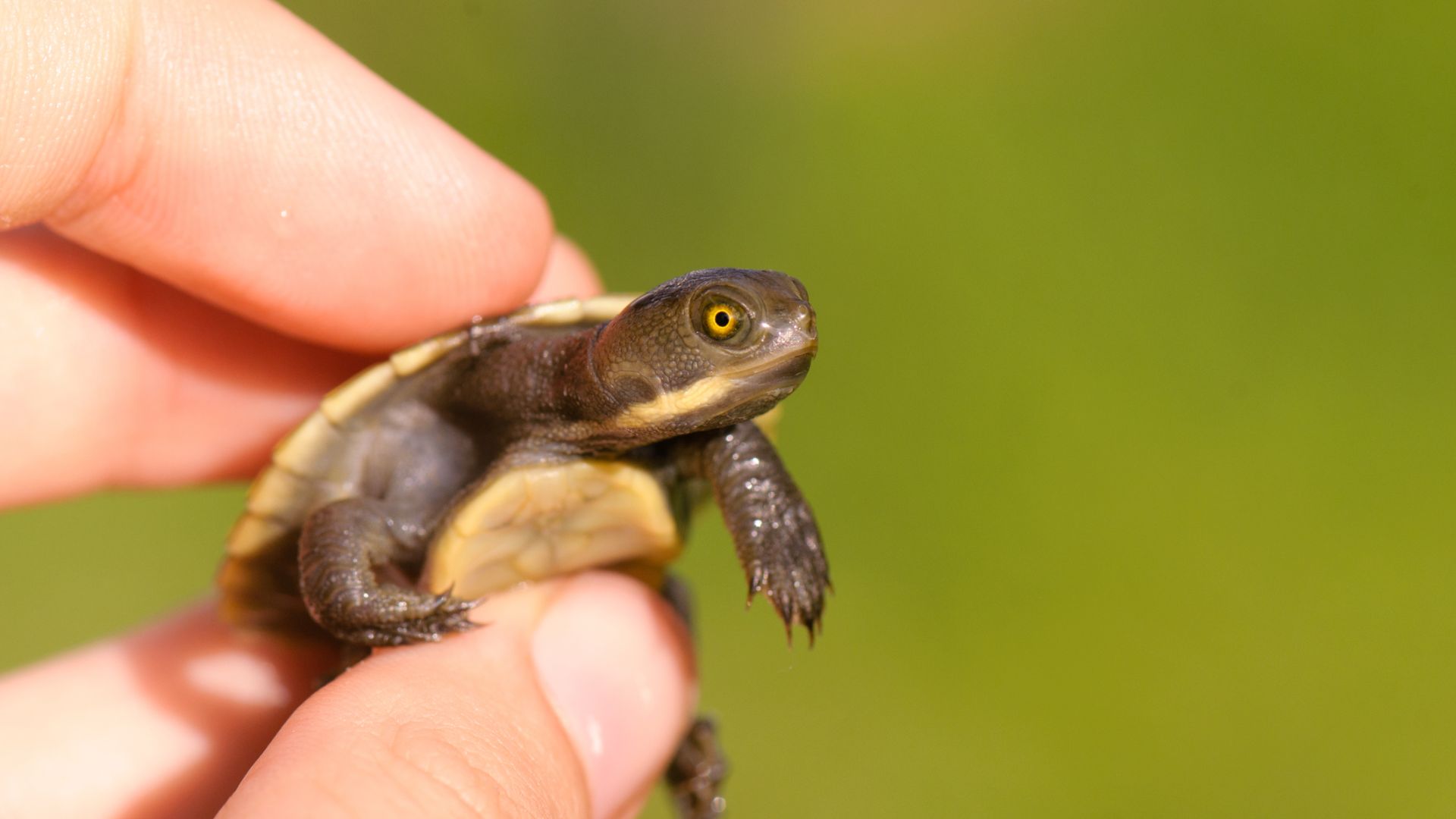
While water changes are important, they don't clean the physical structures in the tank. You should go in and clean everything, including filters, at least monthly to prevent sickness in your turtles.
30. Some turtles enjoy a scrub
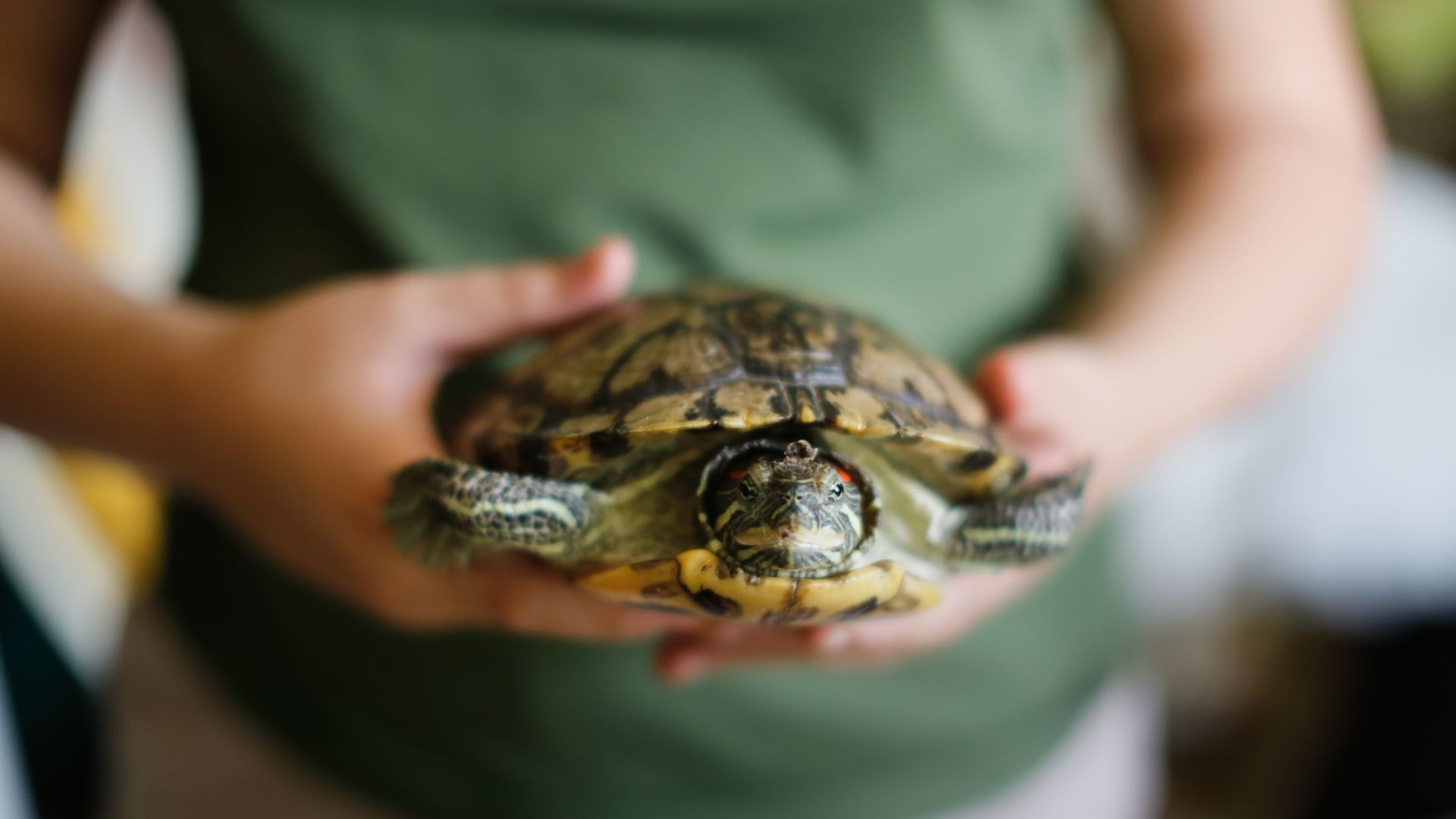
Some turtles may get algae build-up on their shell and require cleaning or scrubbing with a toothbrush or similar. They don't strictly need this level of maintenance, as their shells dry out and the algae will shed when they bask, but many enjoy the sensation.
31. Young turtles have different dietary requirements to mature turtles
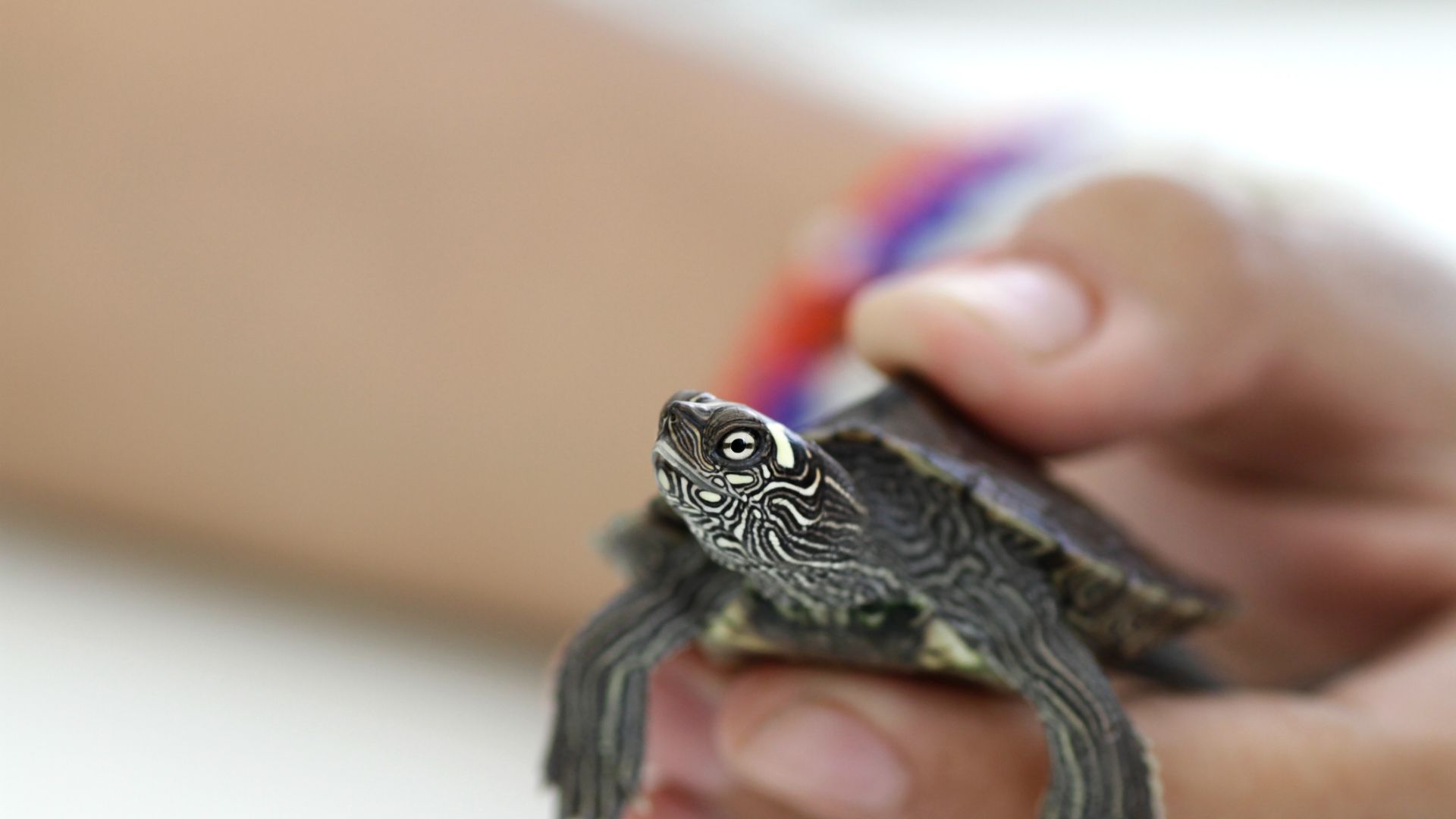
Growing turtles need a lot more protein than adults and often also require more vitamins and minerals. Bear in mind the age of your turtle when feeding.
32. Be aware of the possibility of an overgrown beak

Turtle beaks should be checked by a vet periodically to ensure they are the right length to allow the turtle to eat and move normally. They should wear down naturally but sometimes need manual trimming.
Lou is an experienced writer and keen dog lover who works at PetRadar's sister site, LiveScience. When Lou isn't covering health and fitness, she's busy spending time with her family dogs or growing all kinds of veggies and flowers on her allotment.
